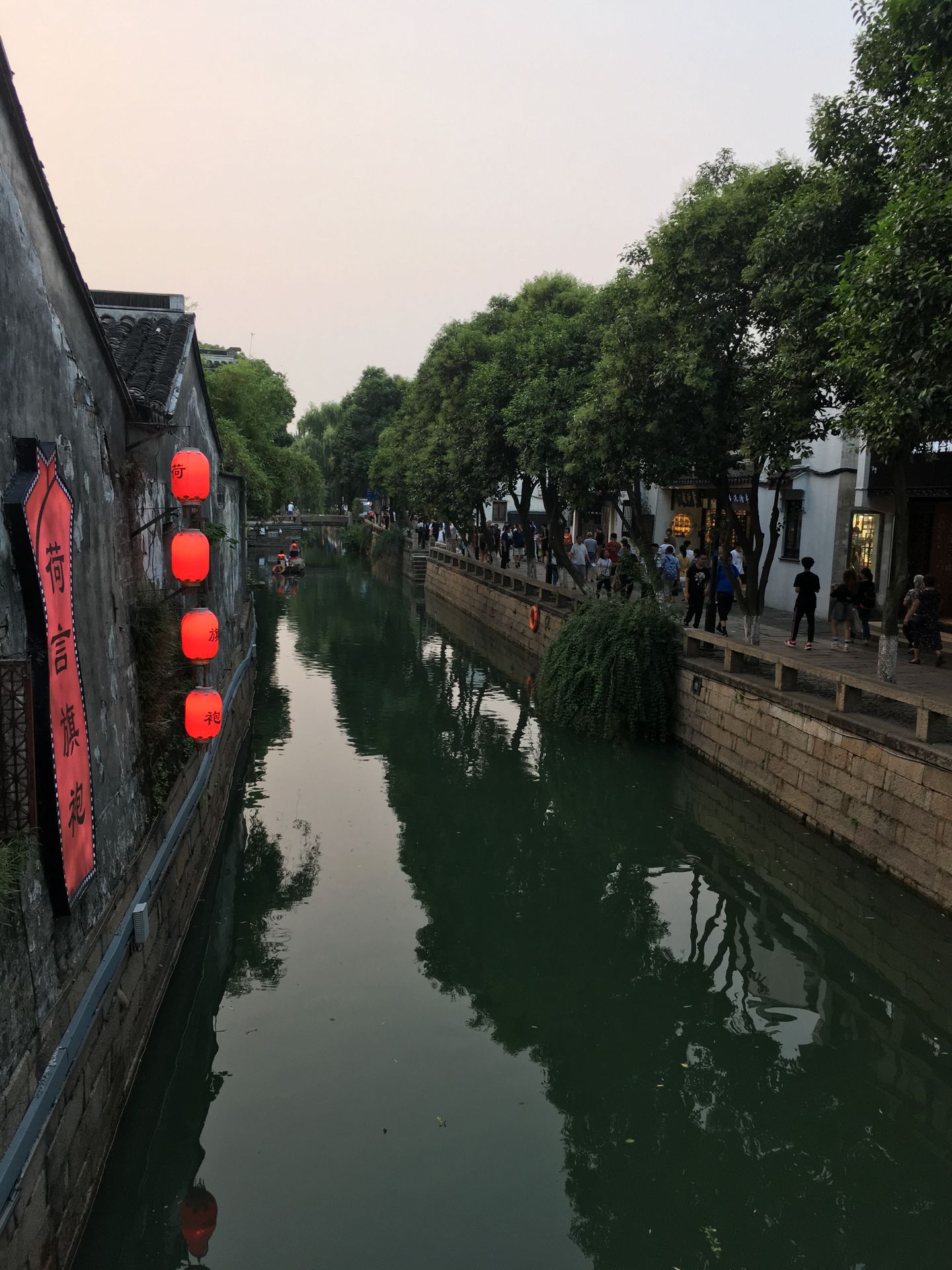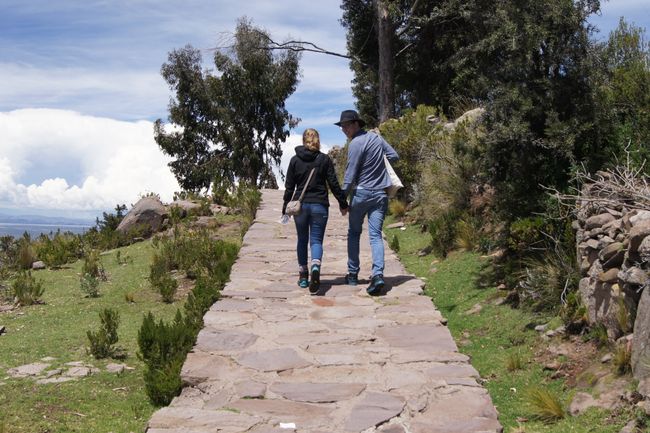Off to the South...uh North!
उजवाडाक आयलां: 25.07.2020
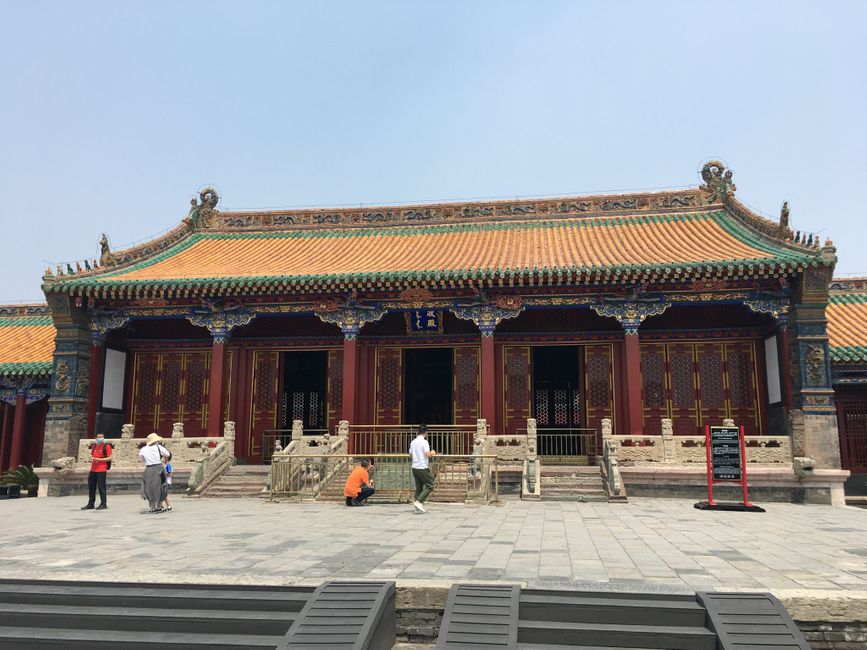
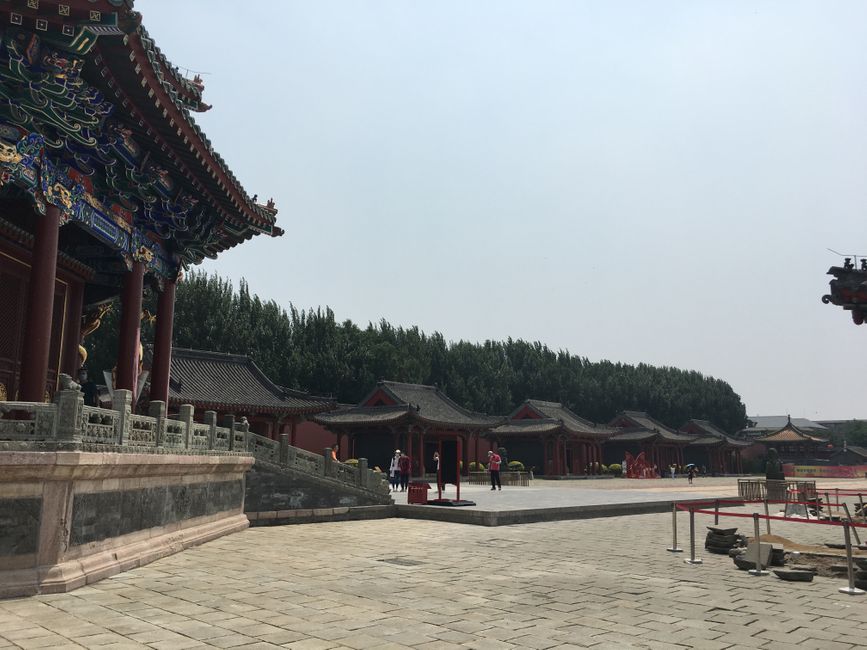
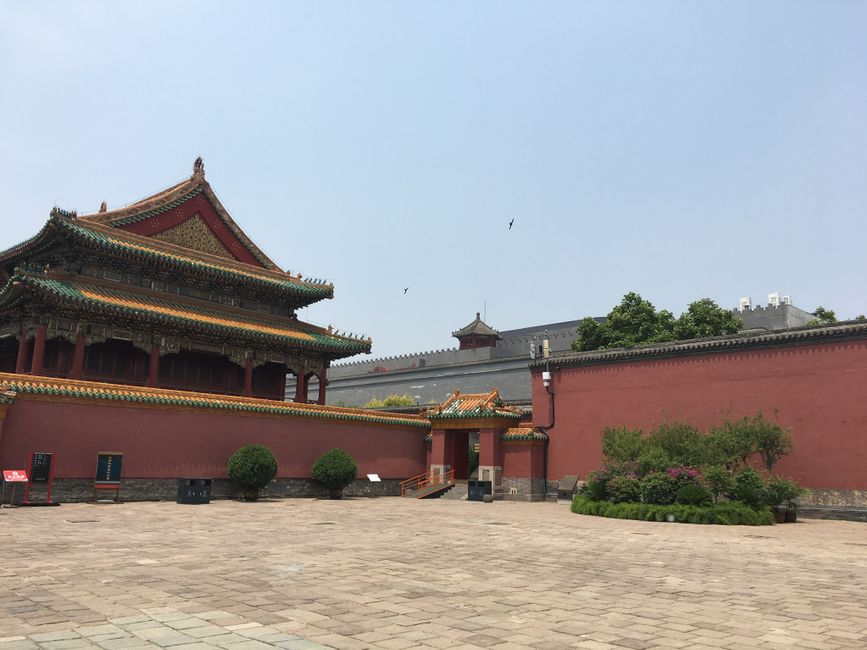
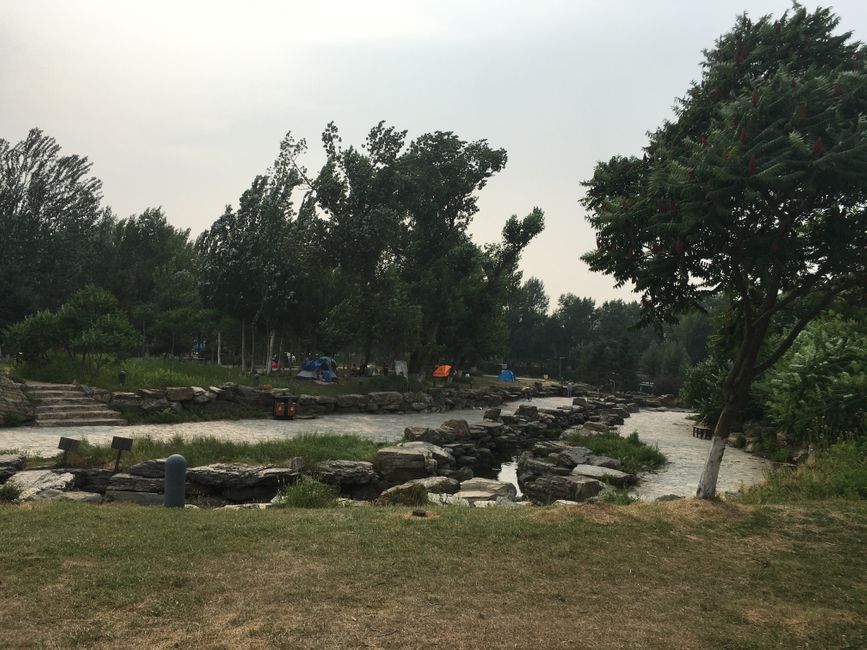
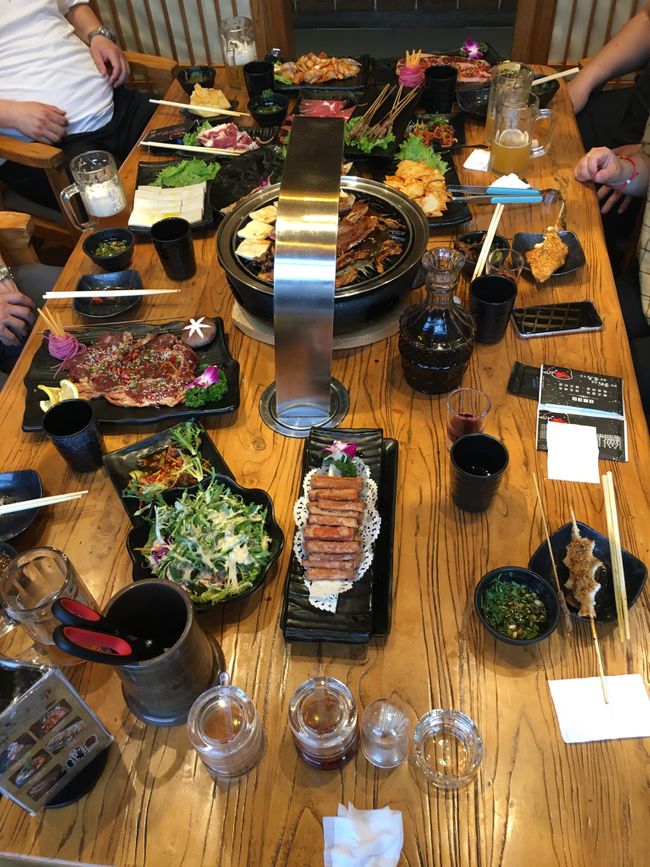
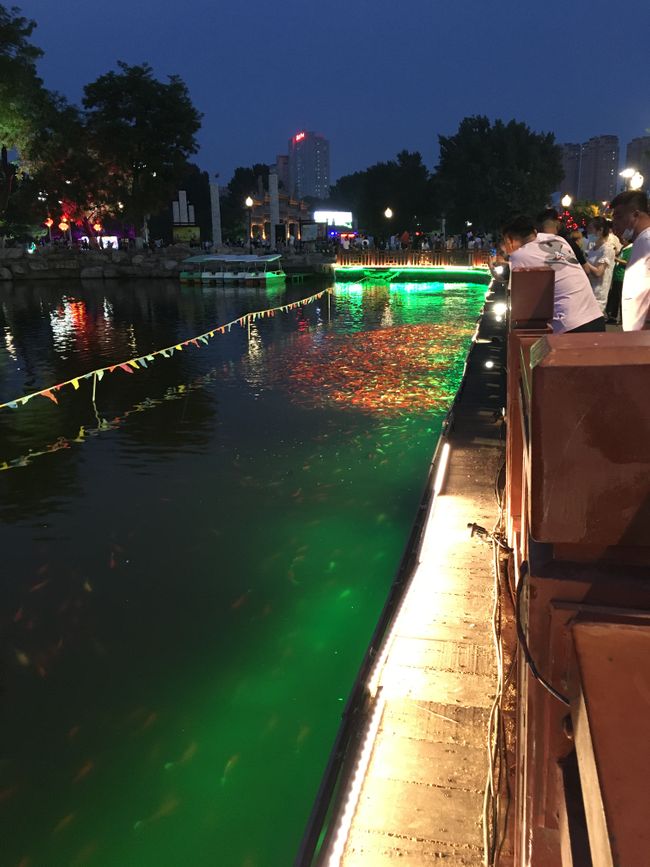
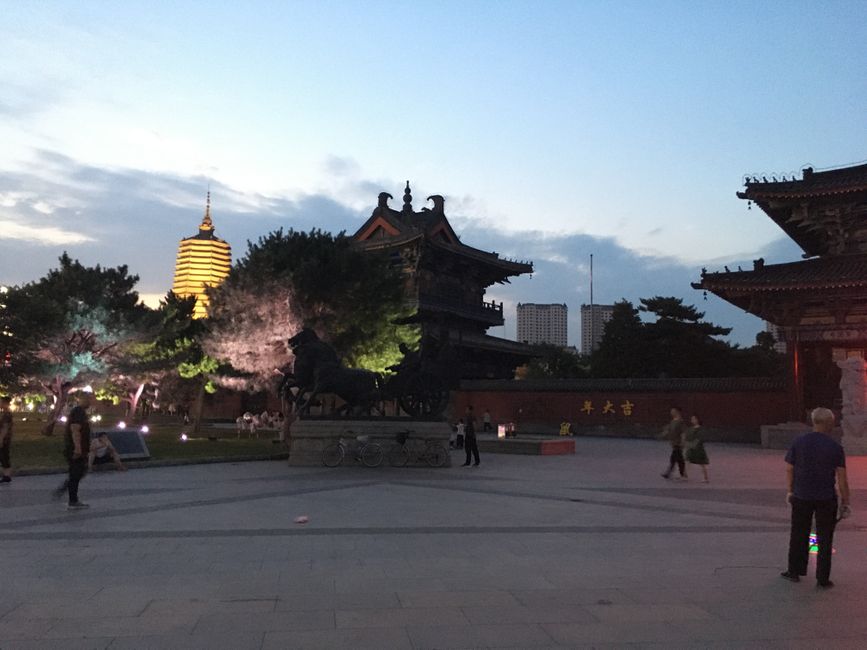
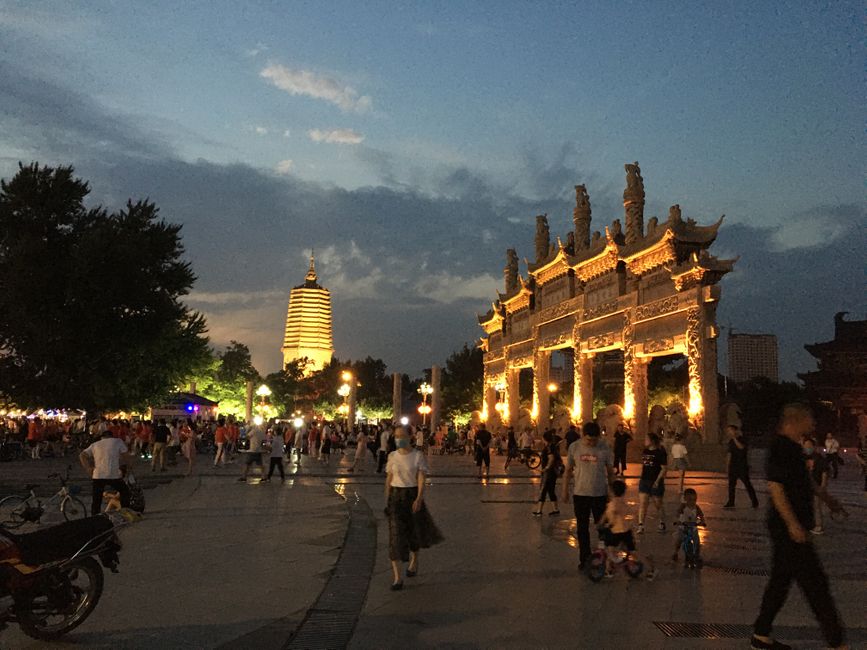
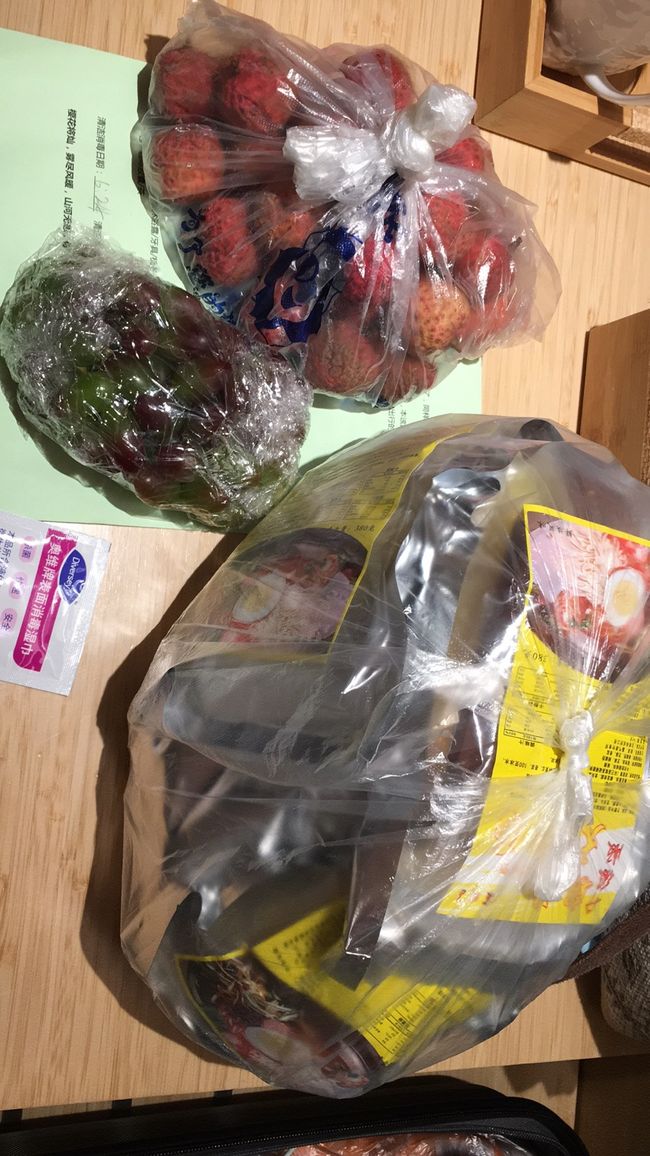
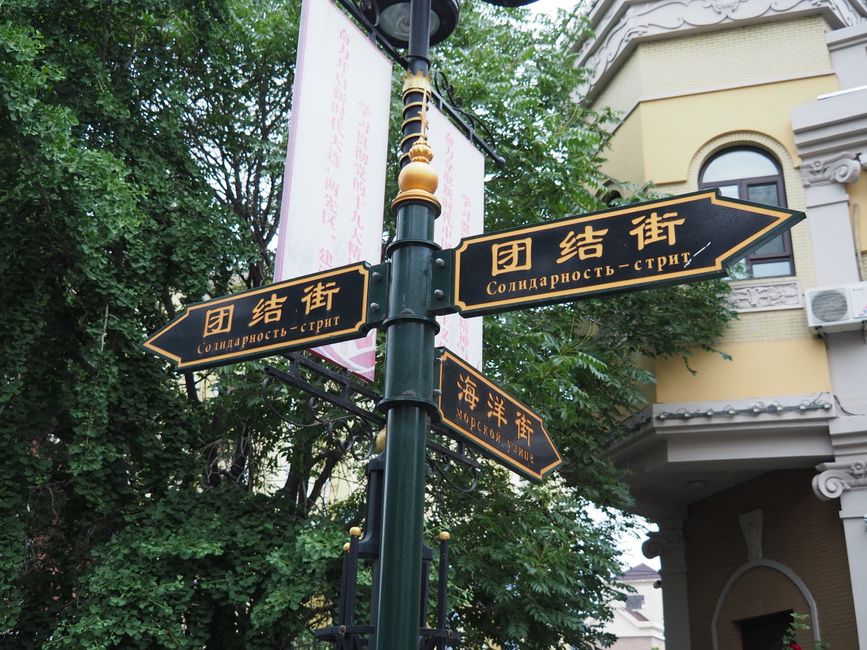
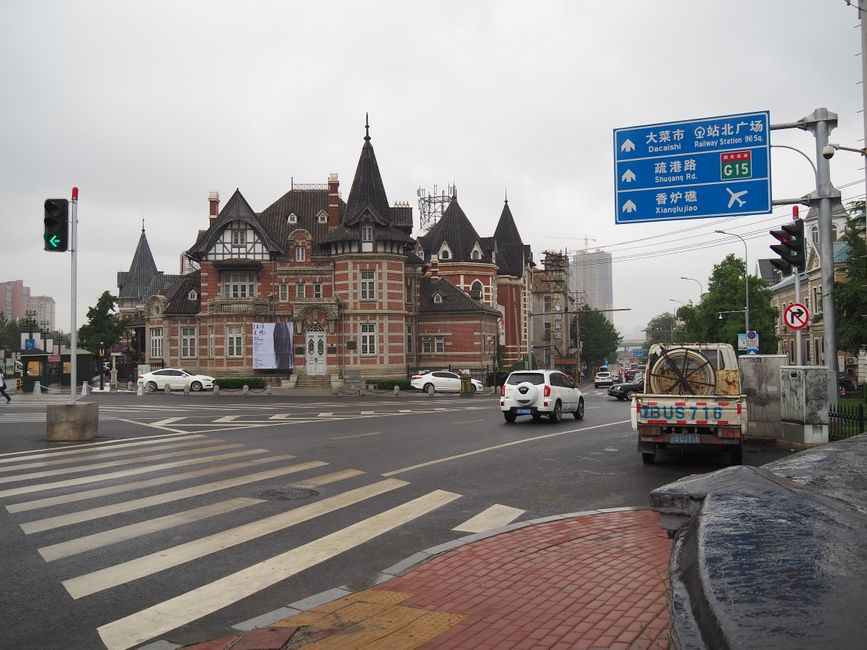
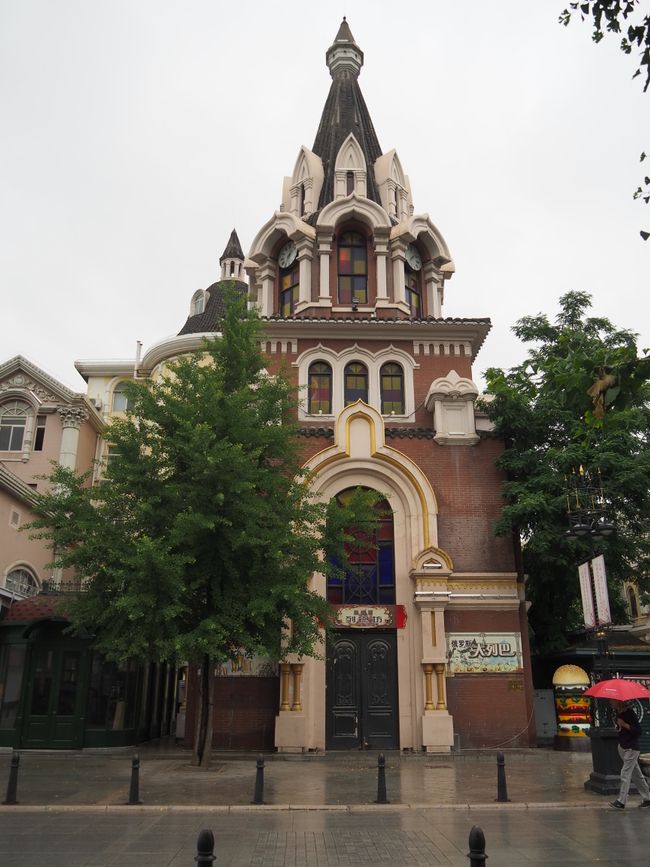
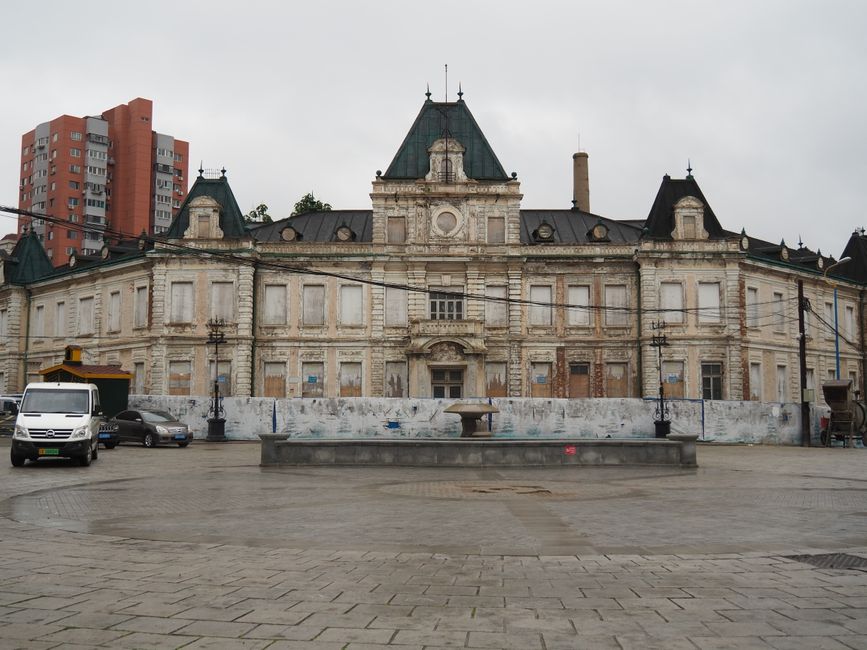
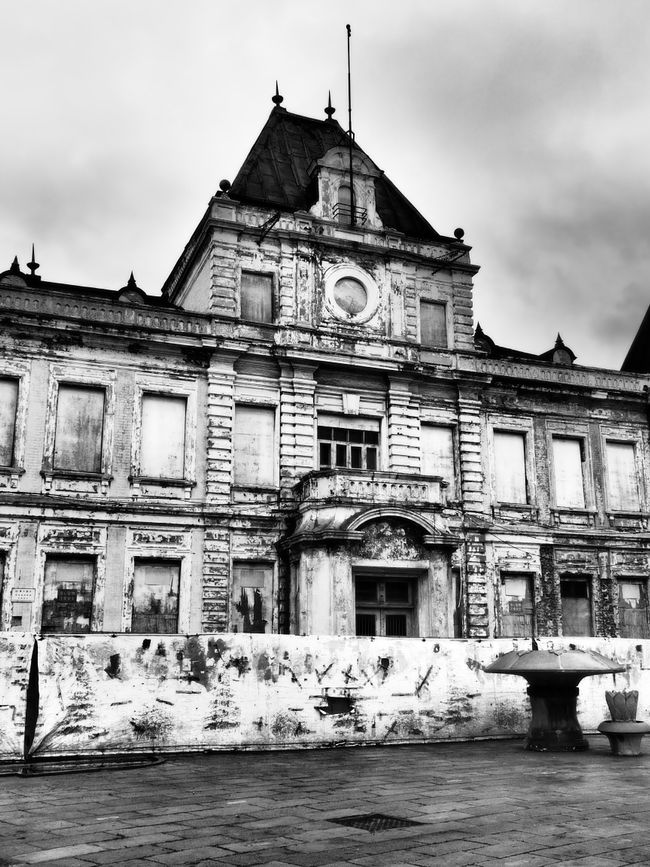
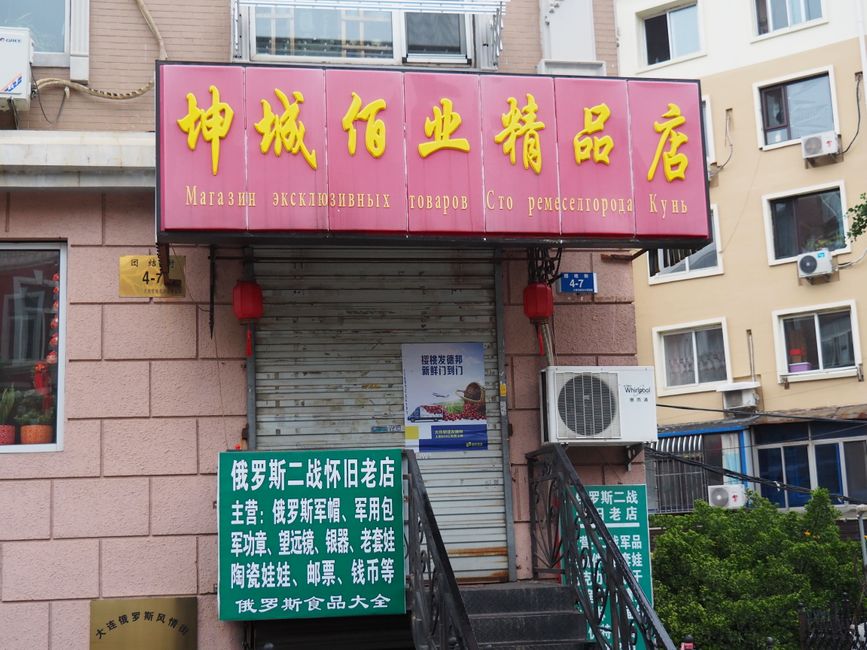
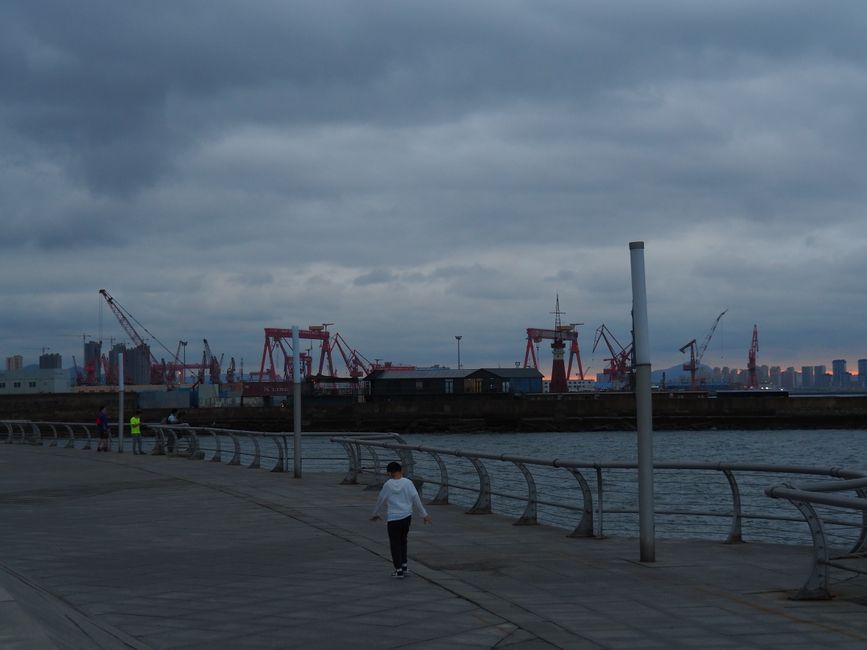
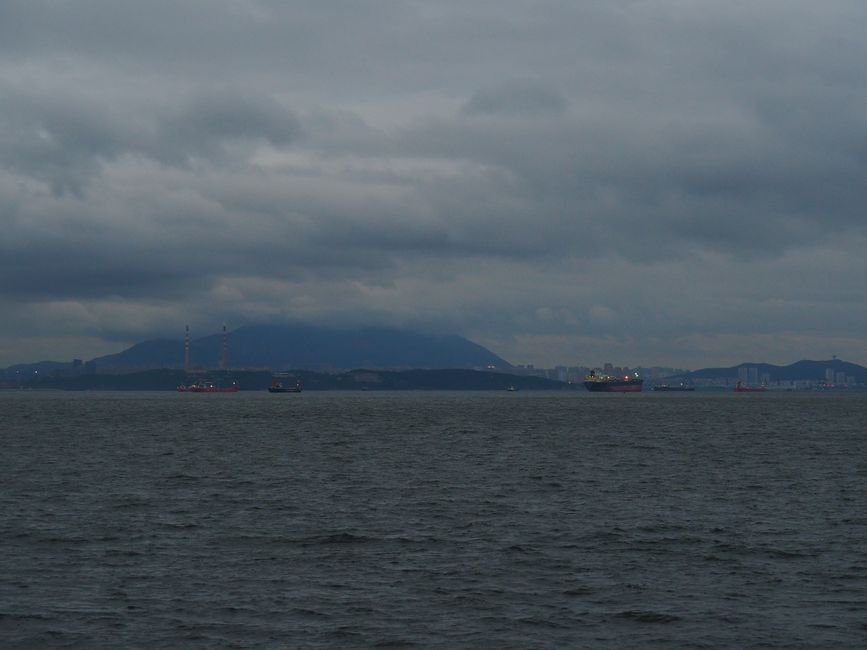
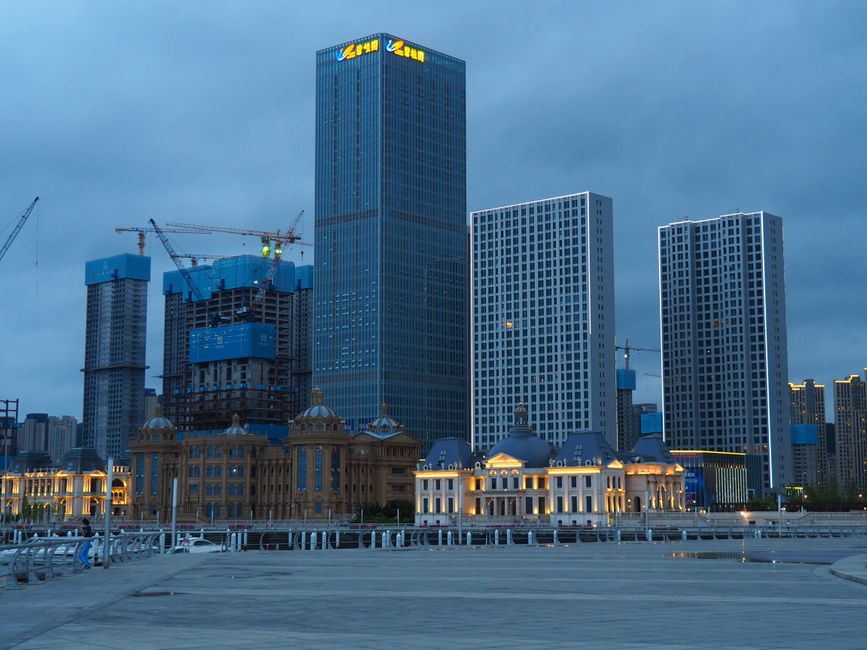
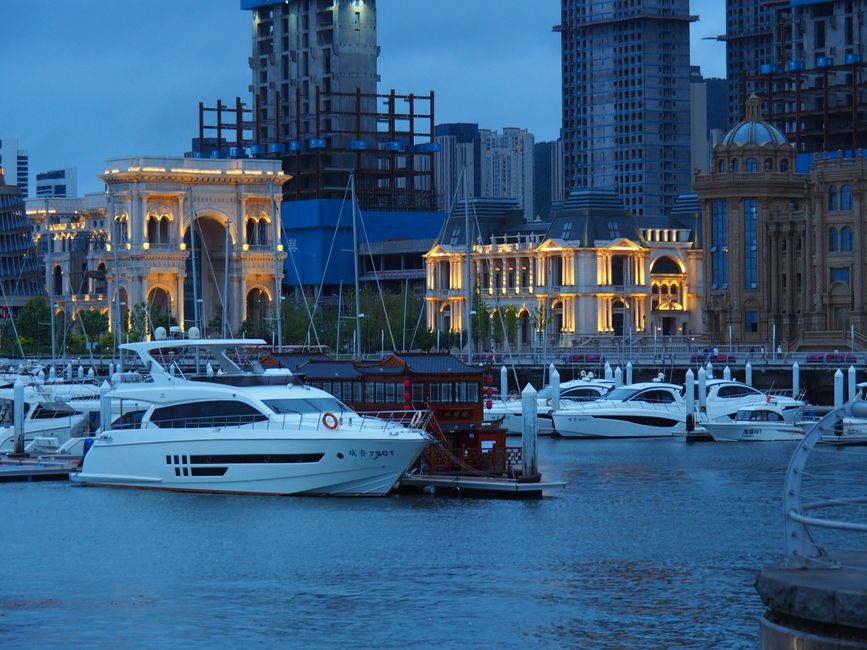
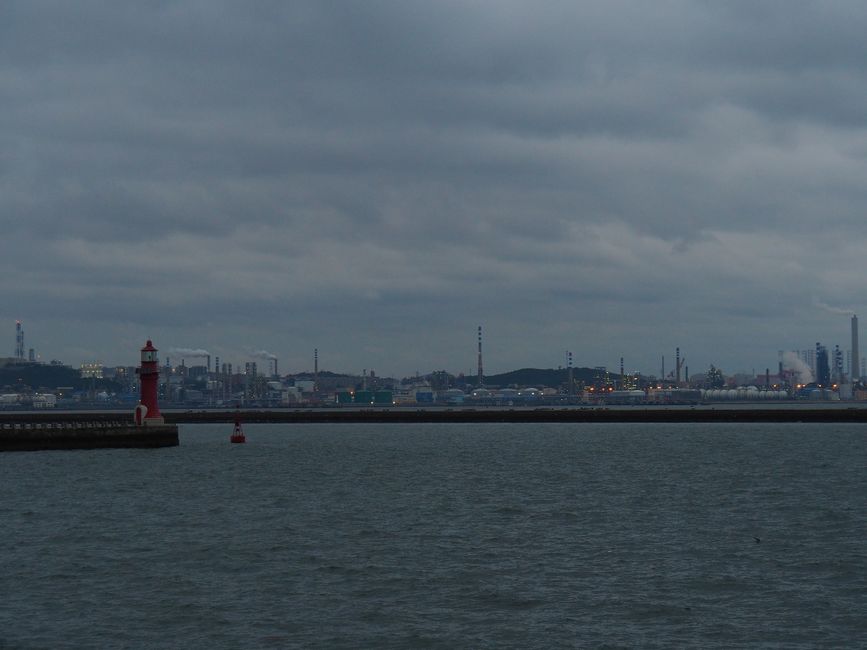
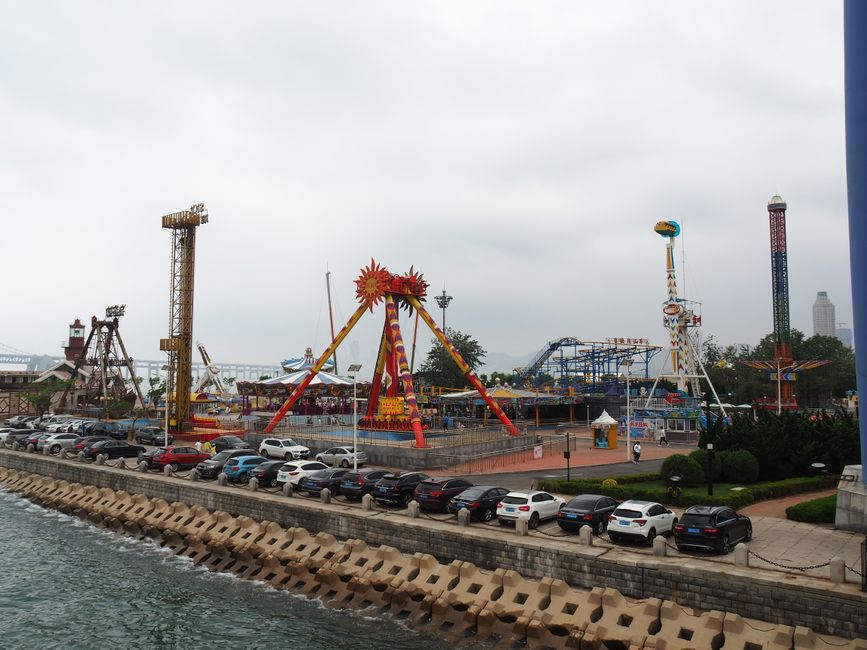
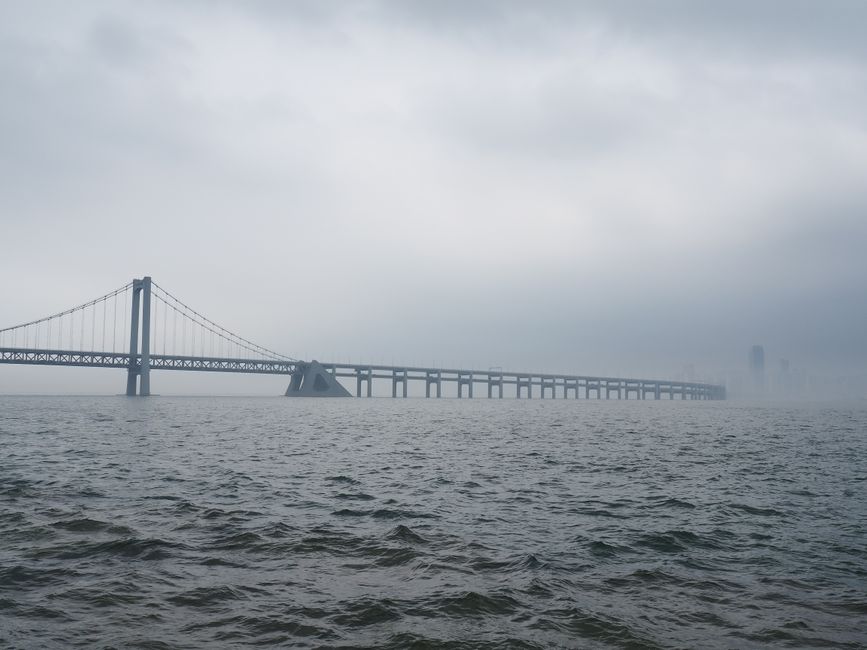
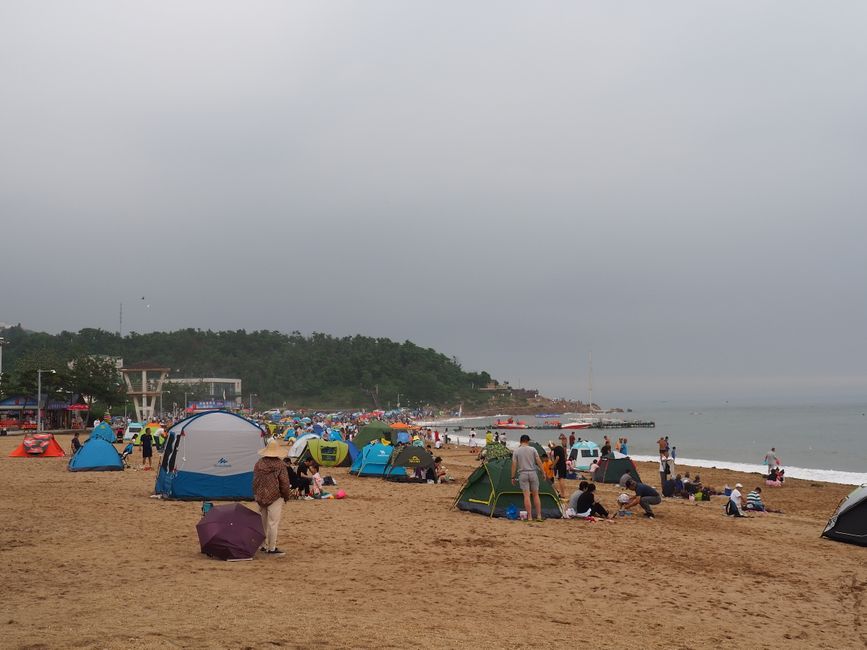
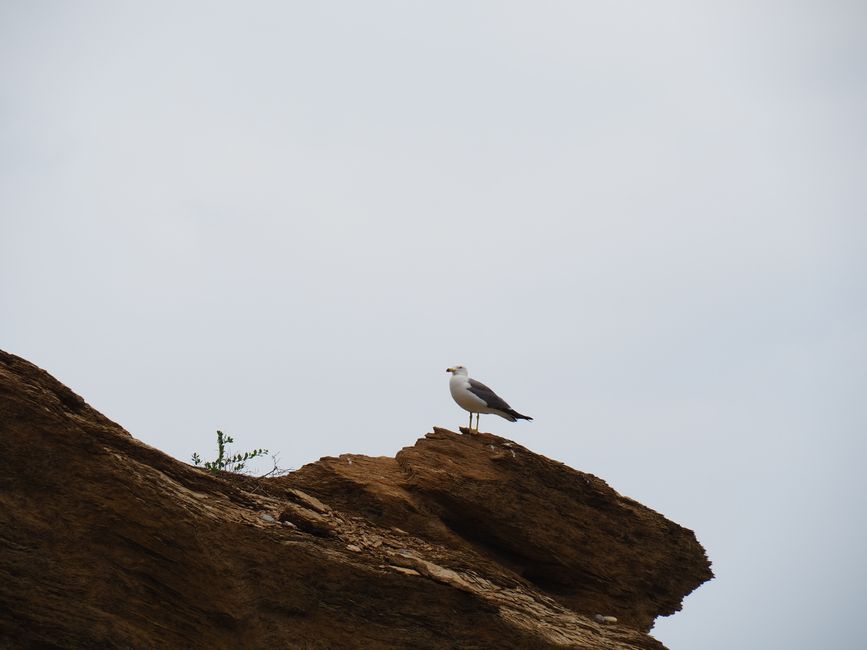
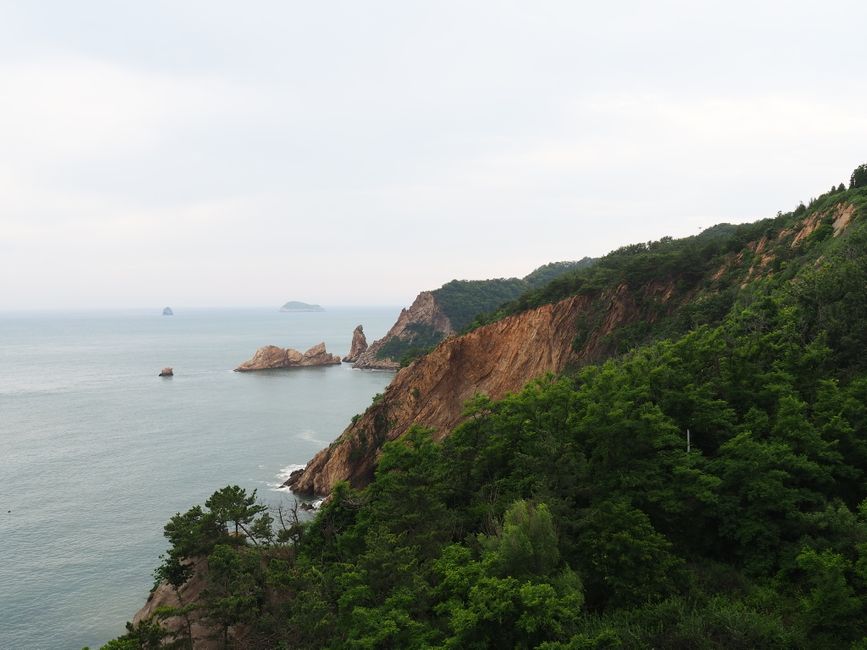
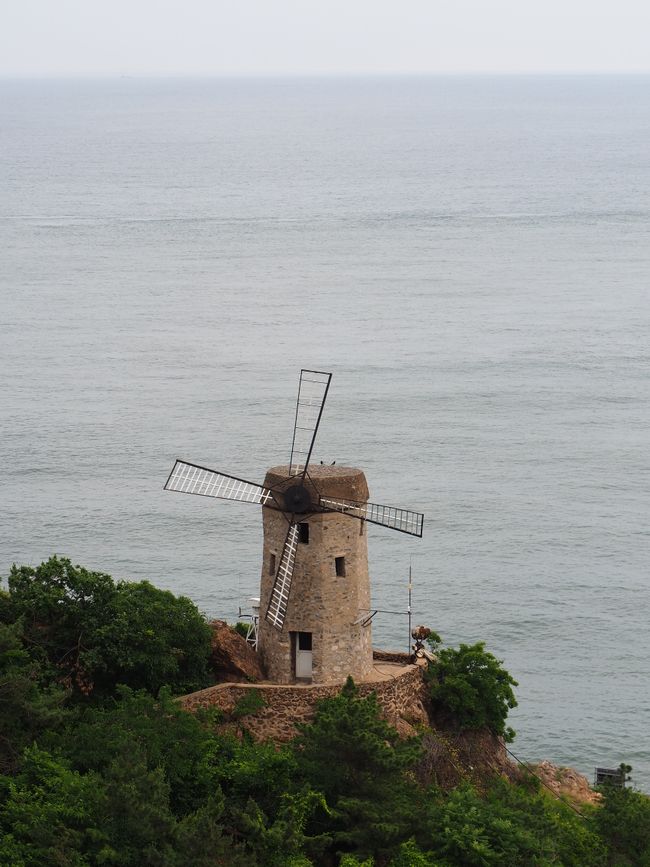
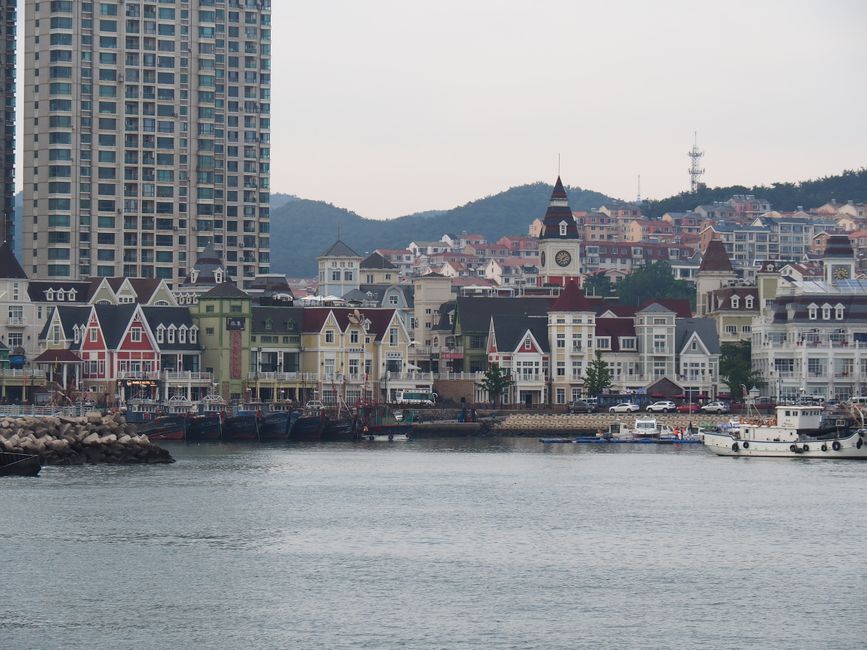
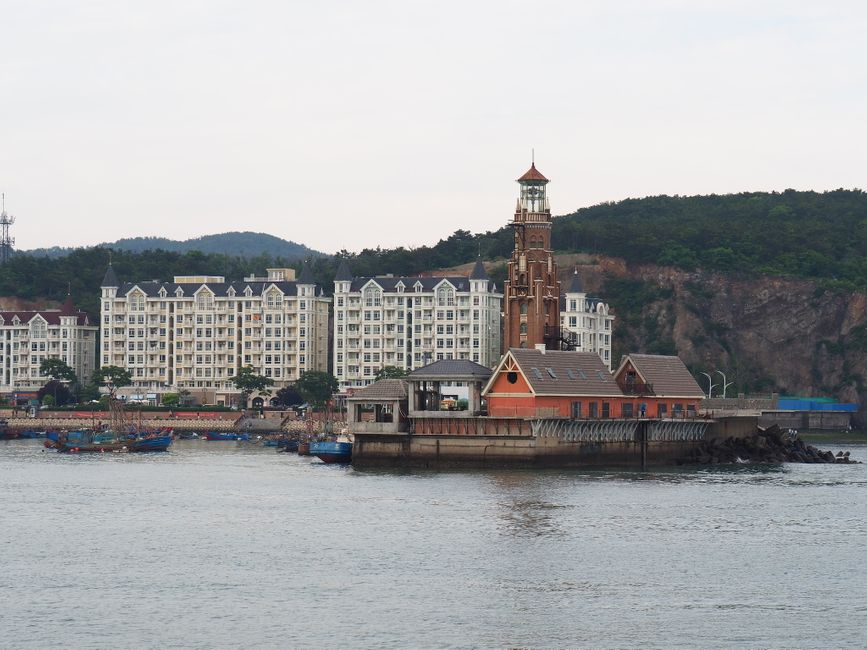
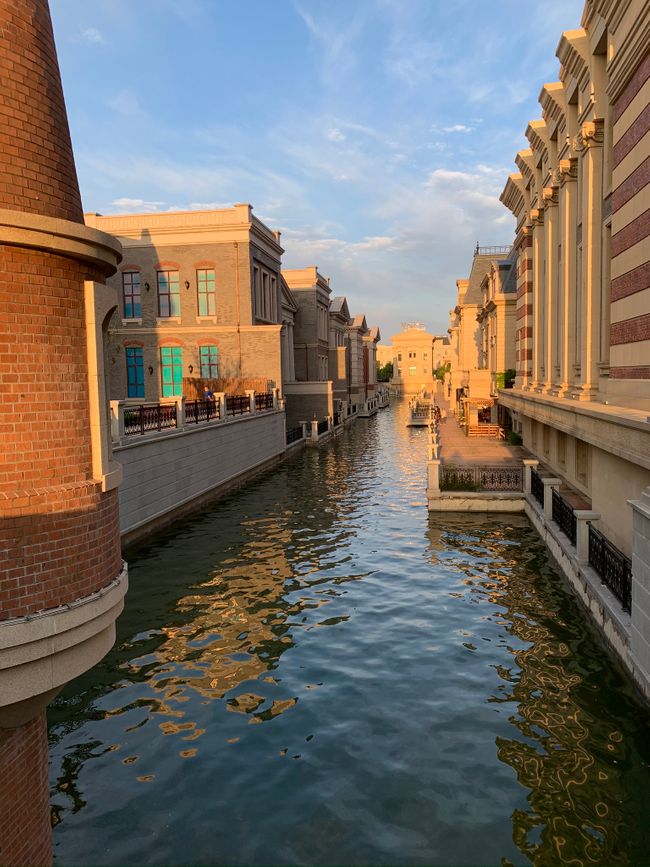
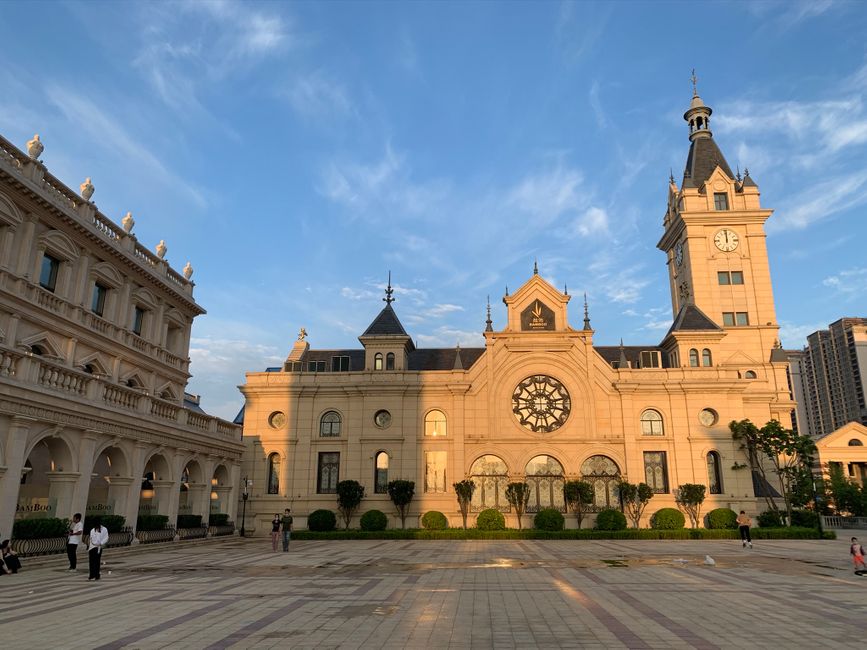
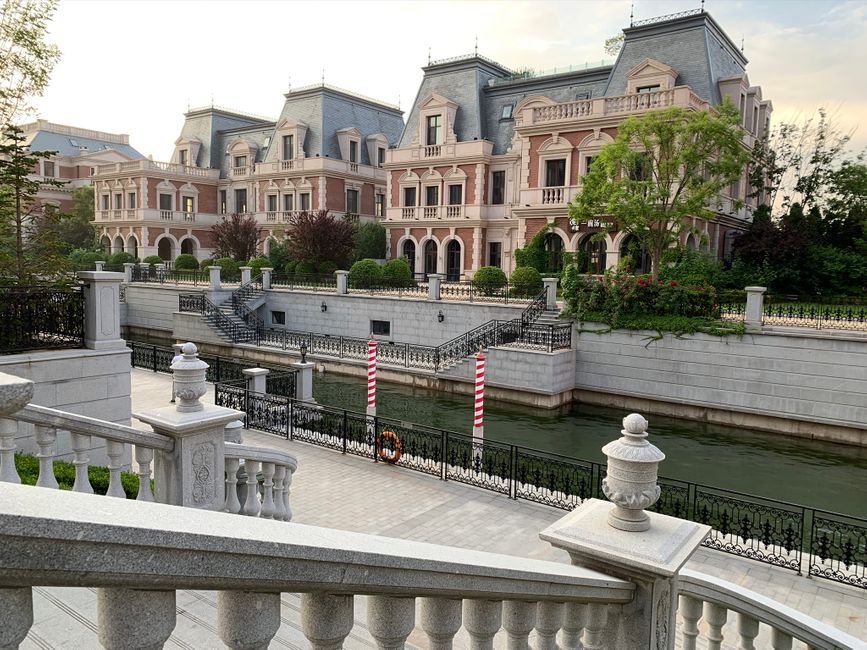
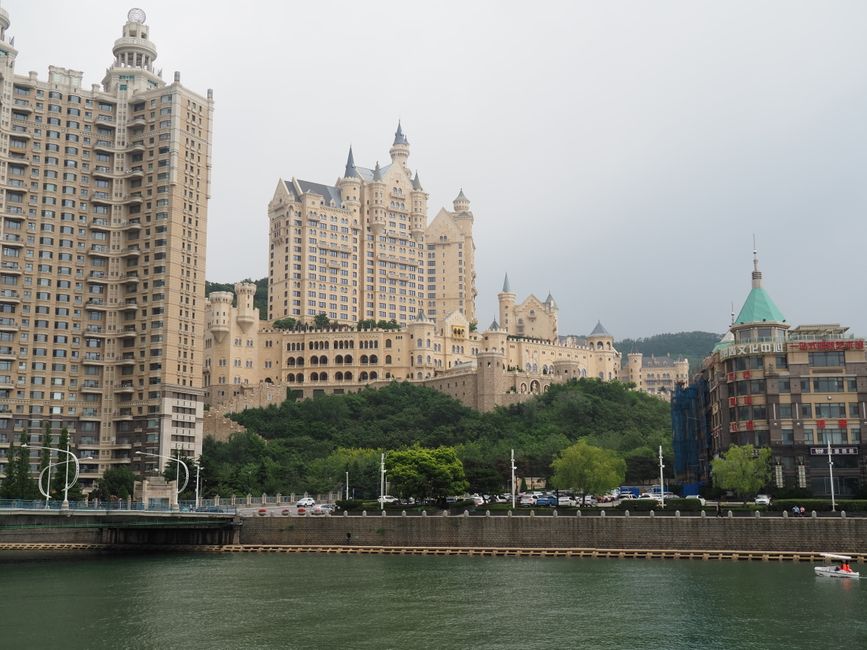
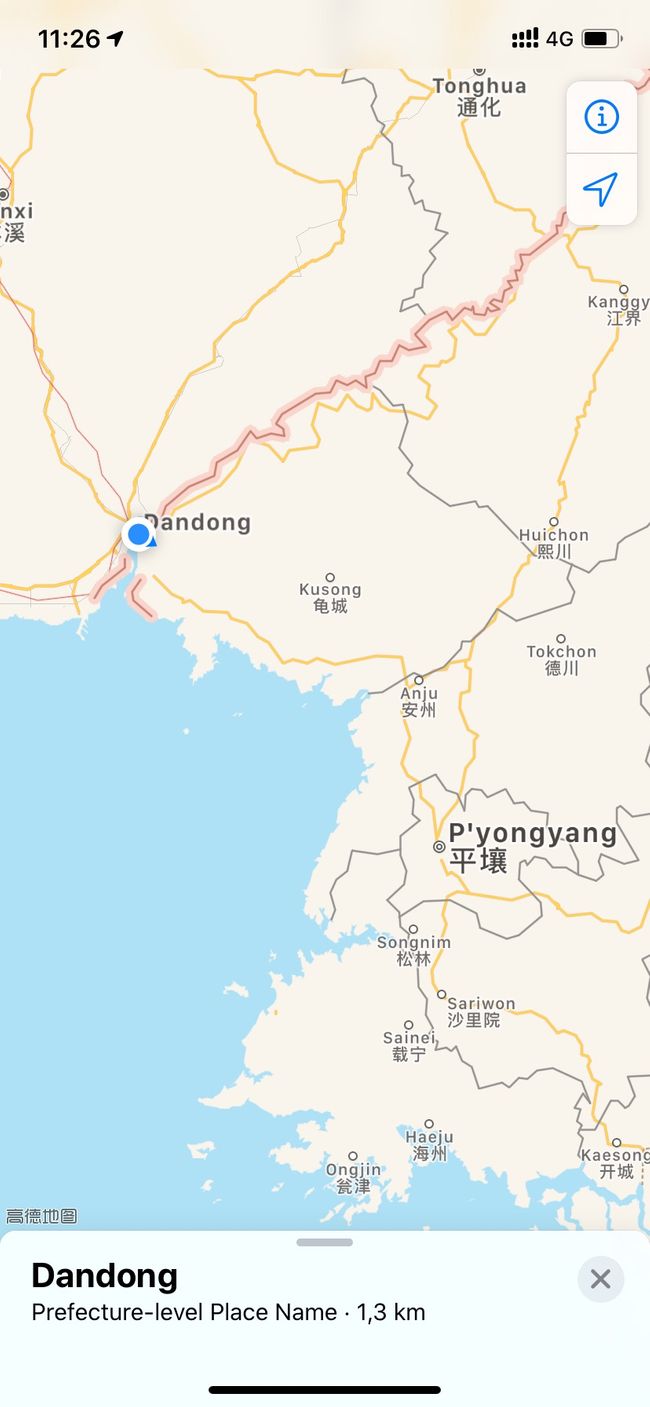
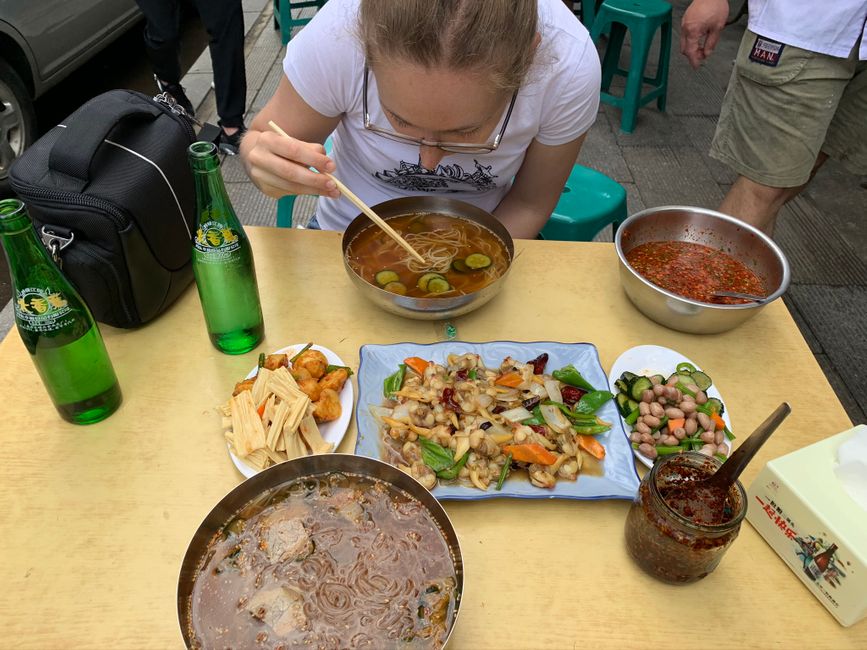
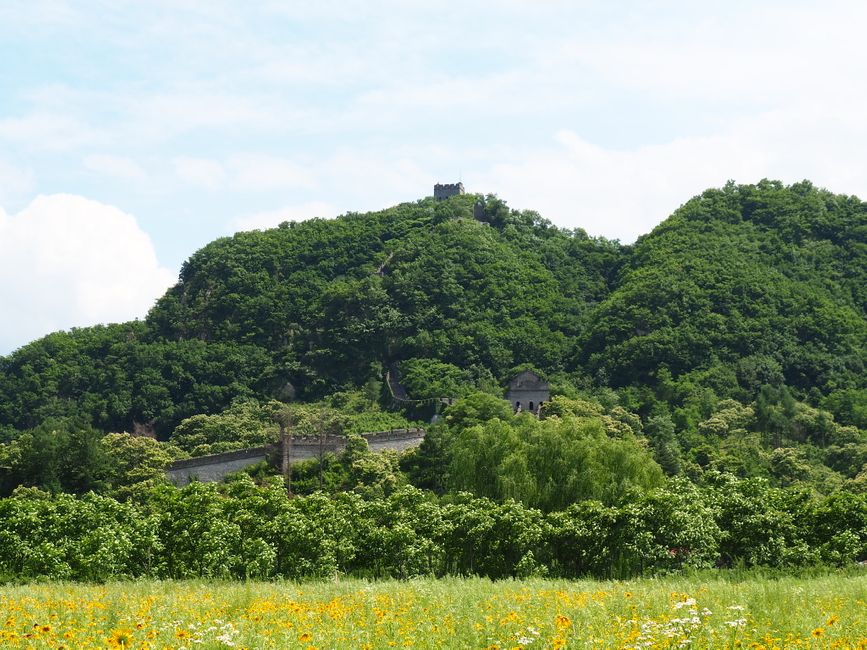
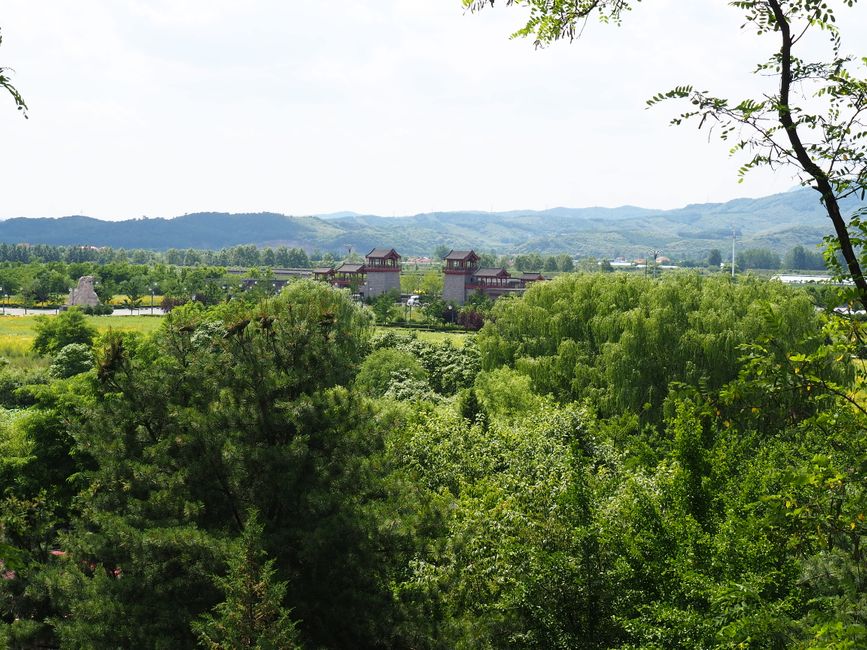
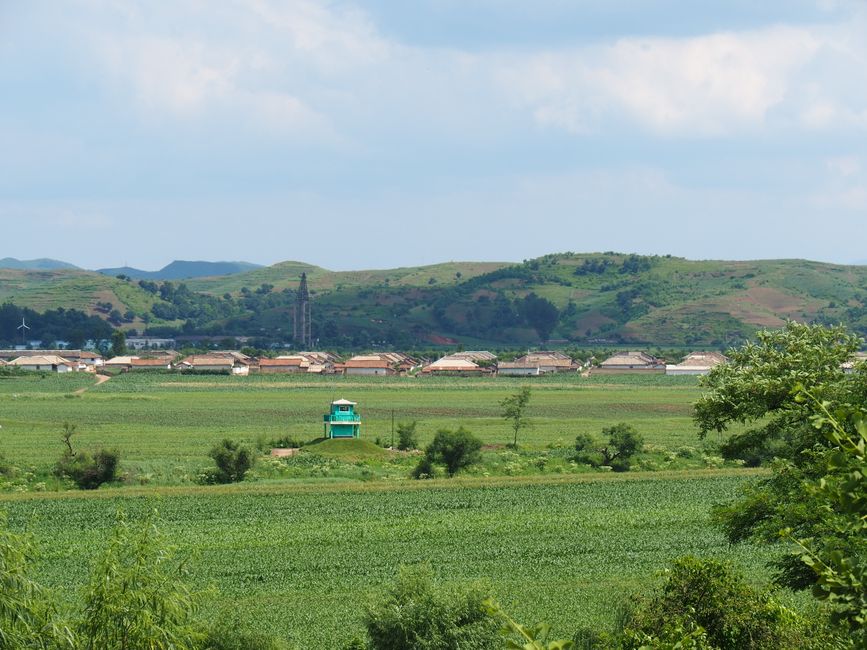
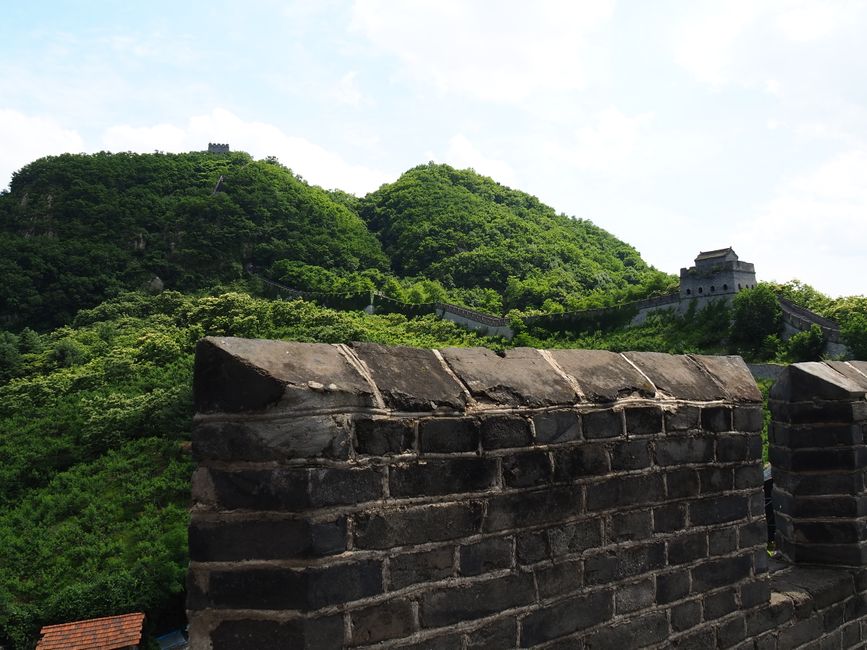
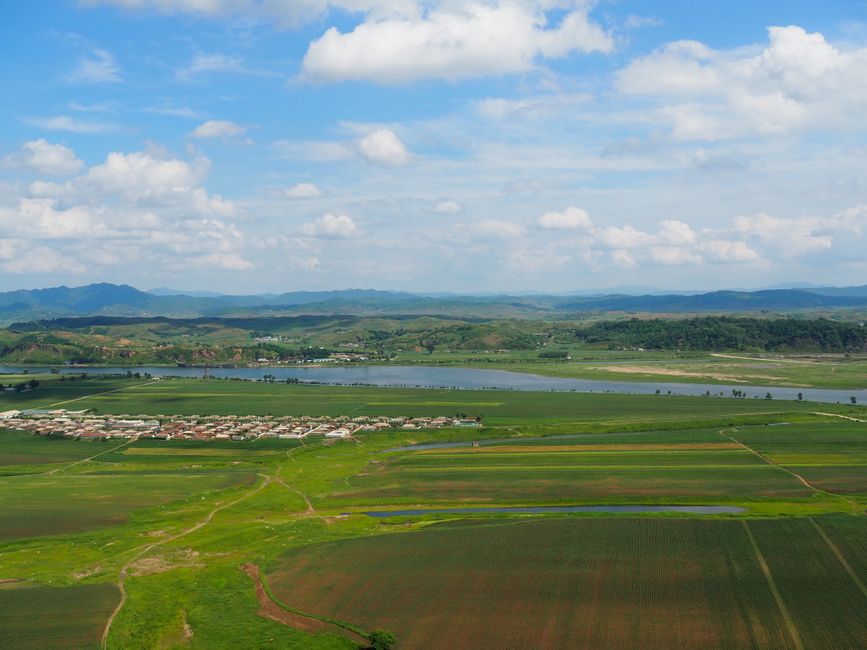
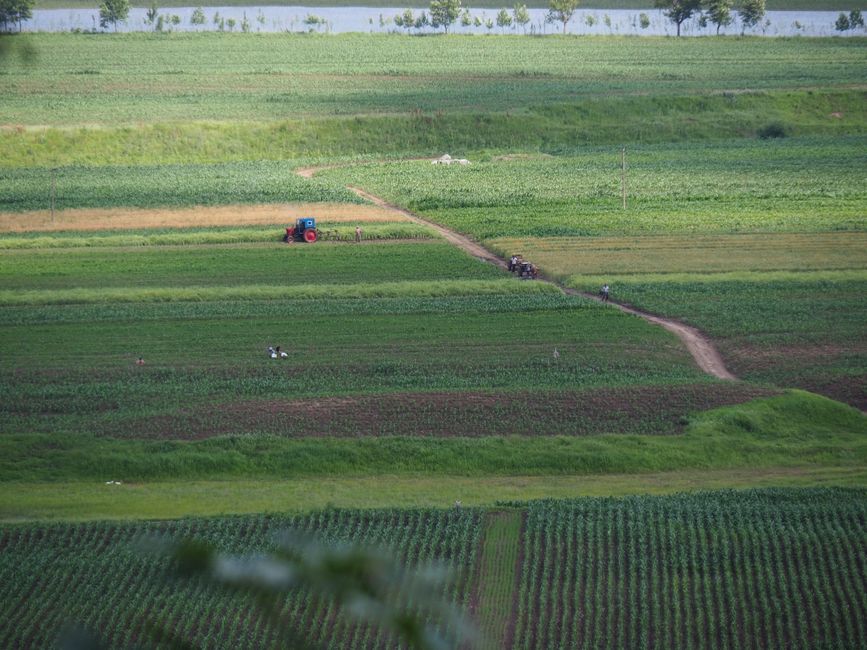
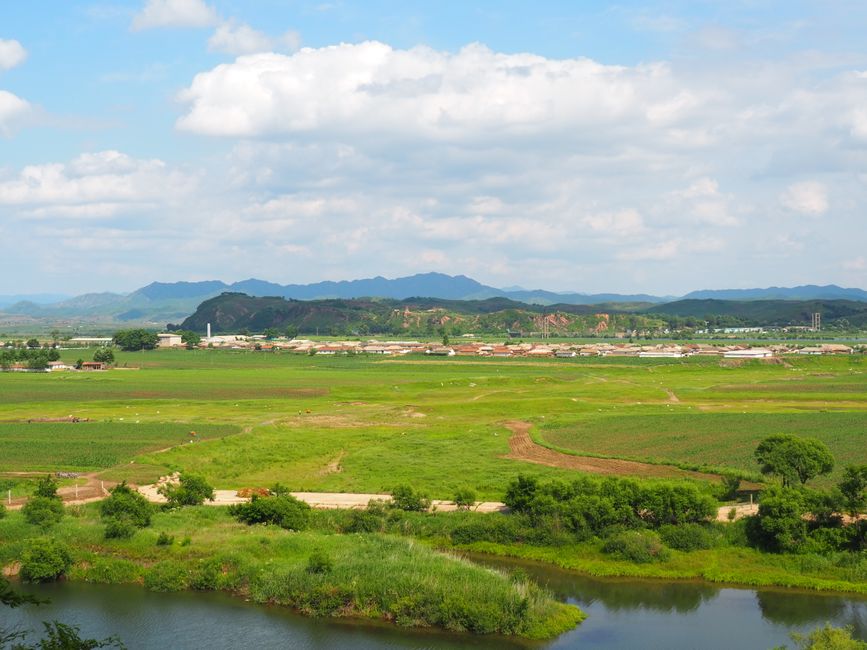
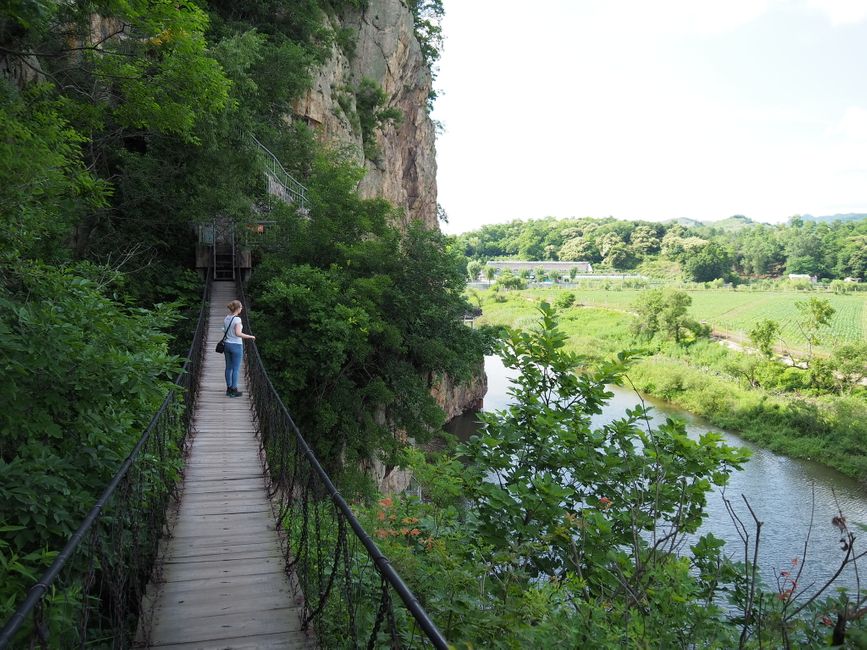
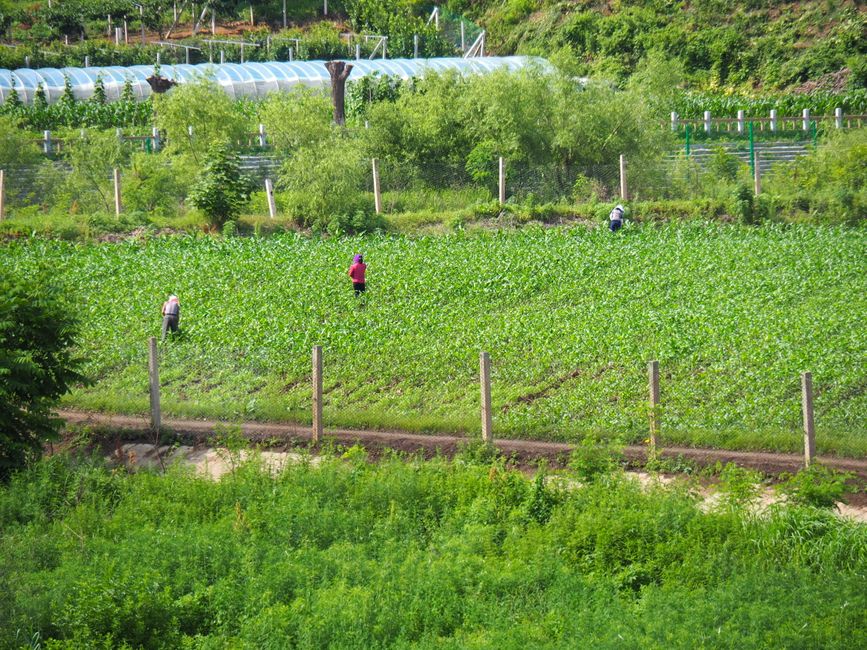
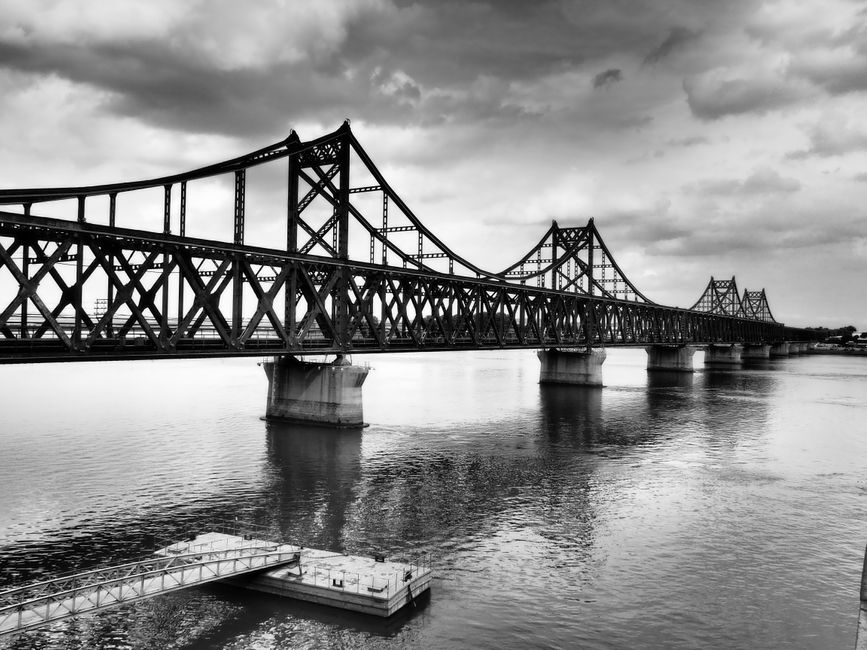
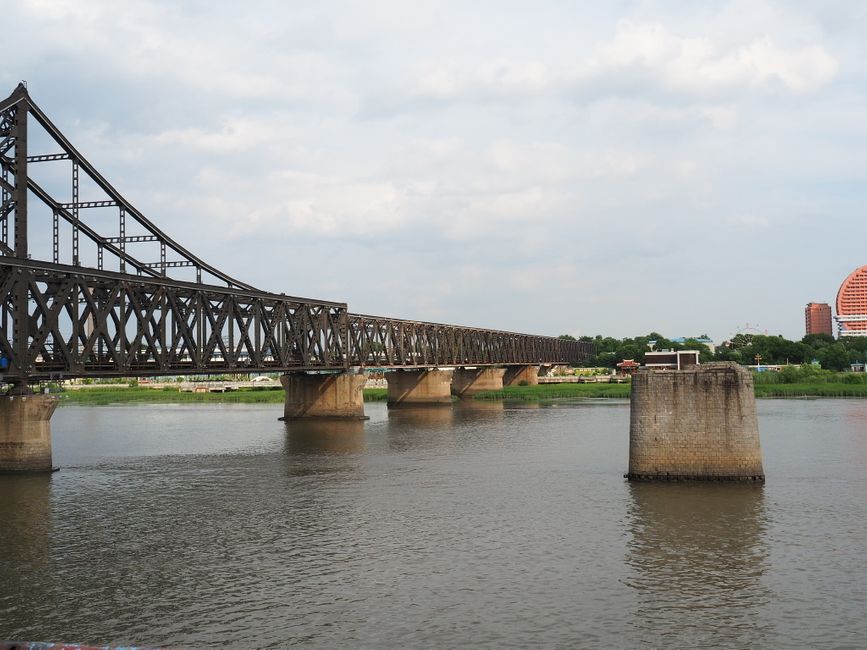
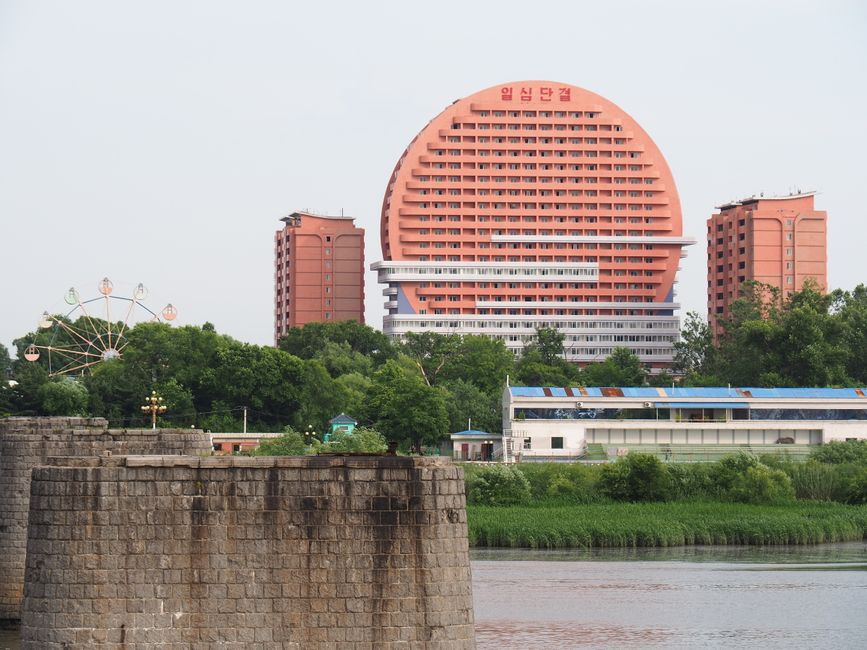
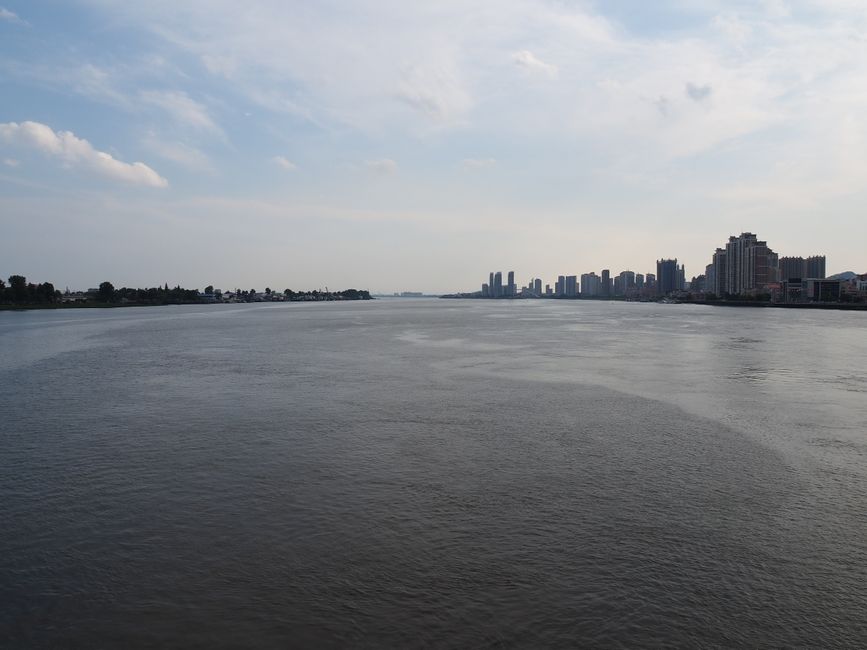
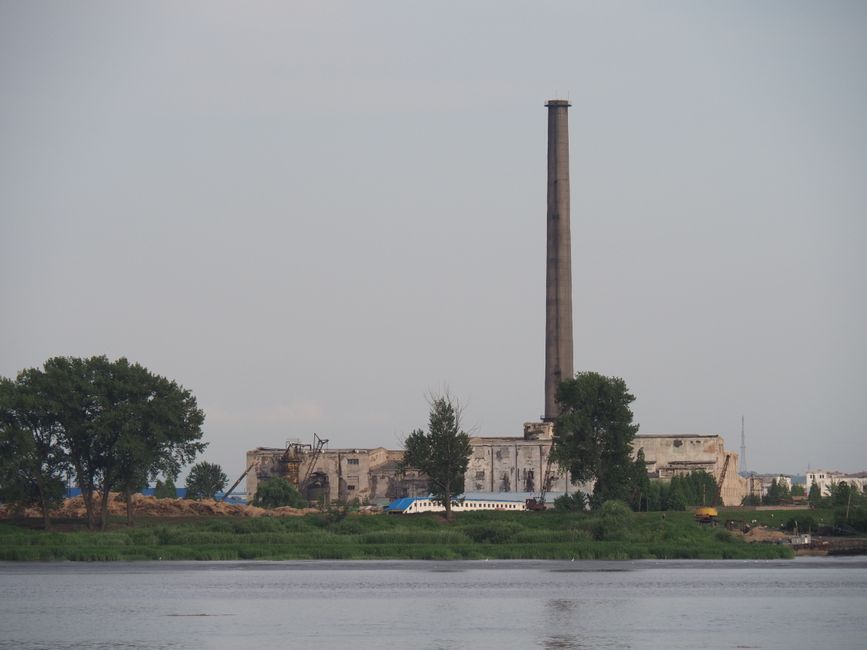
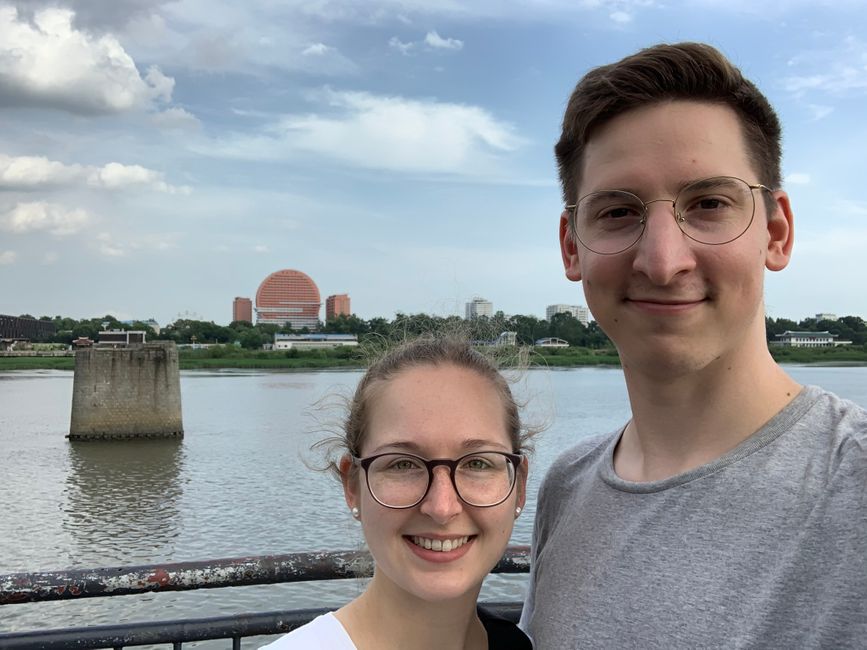
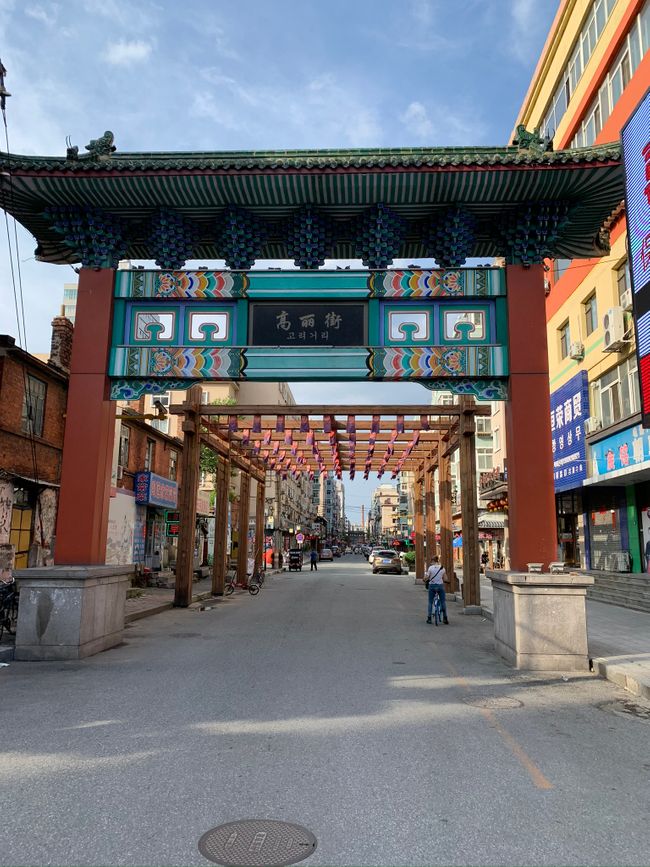
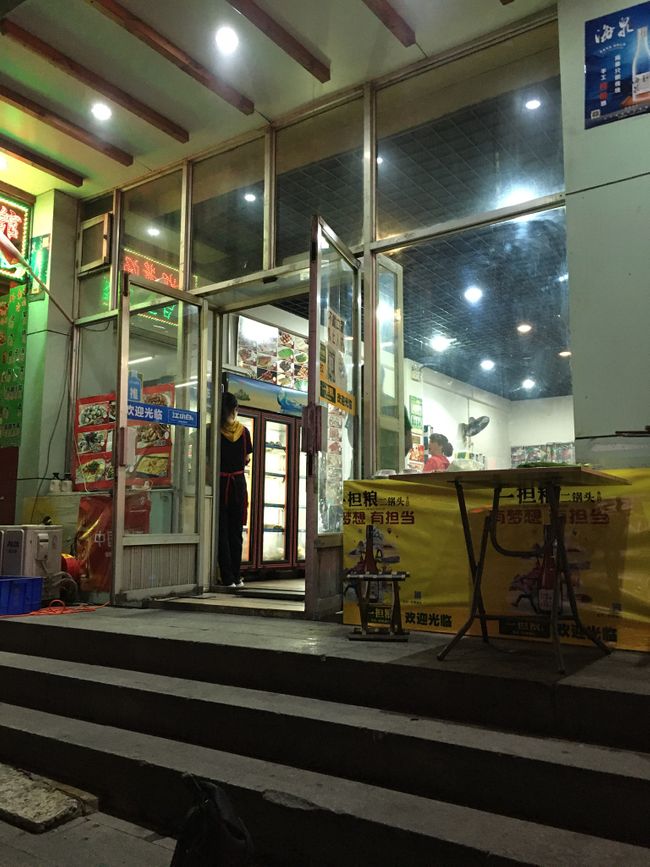
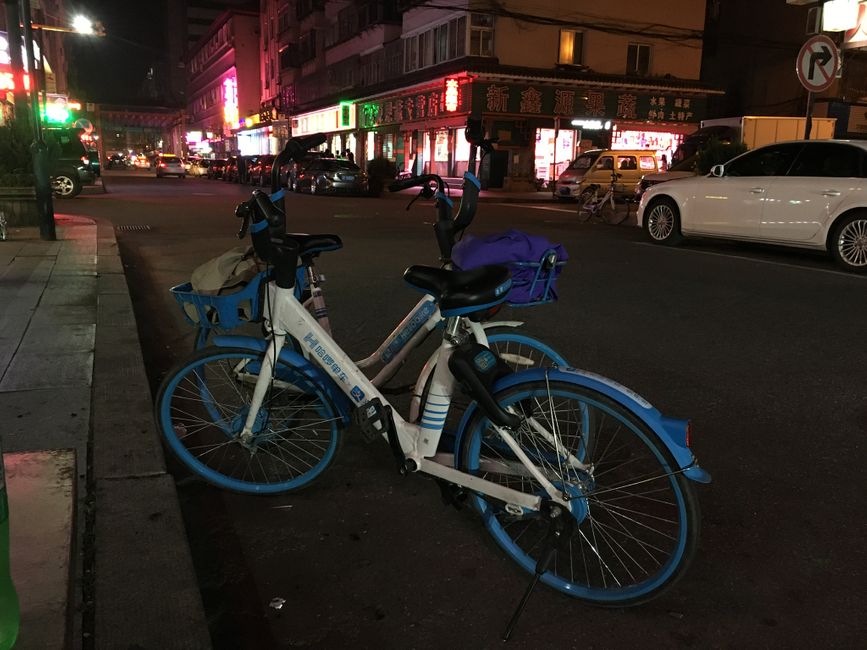
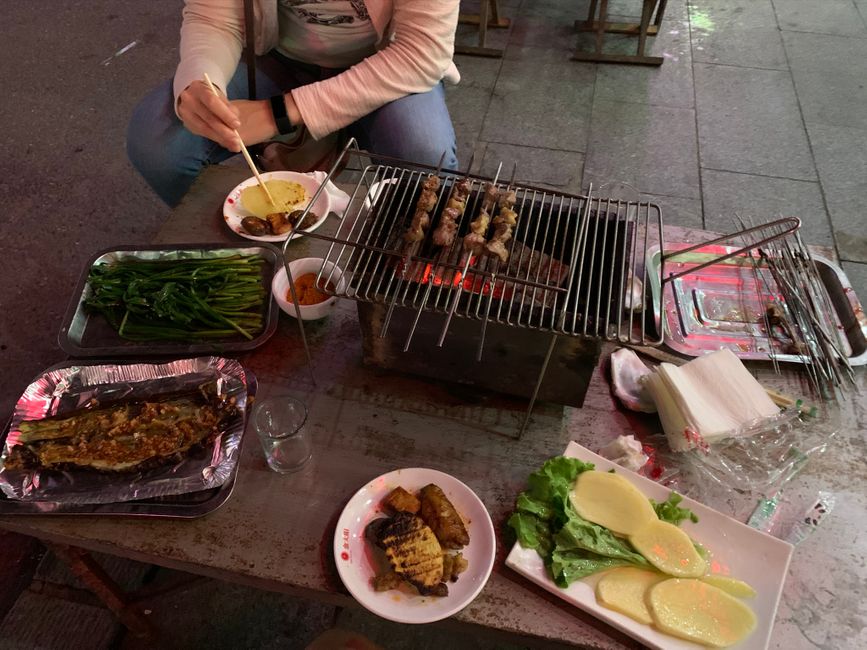
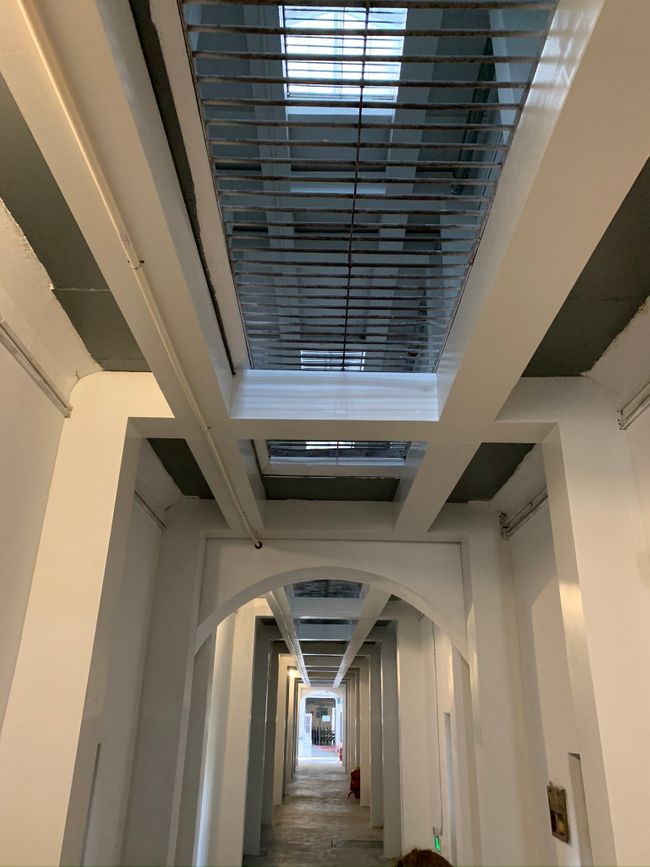
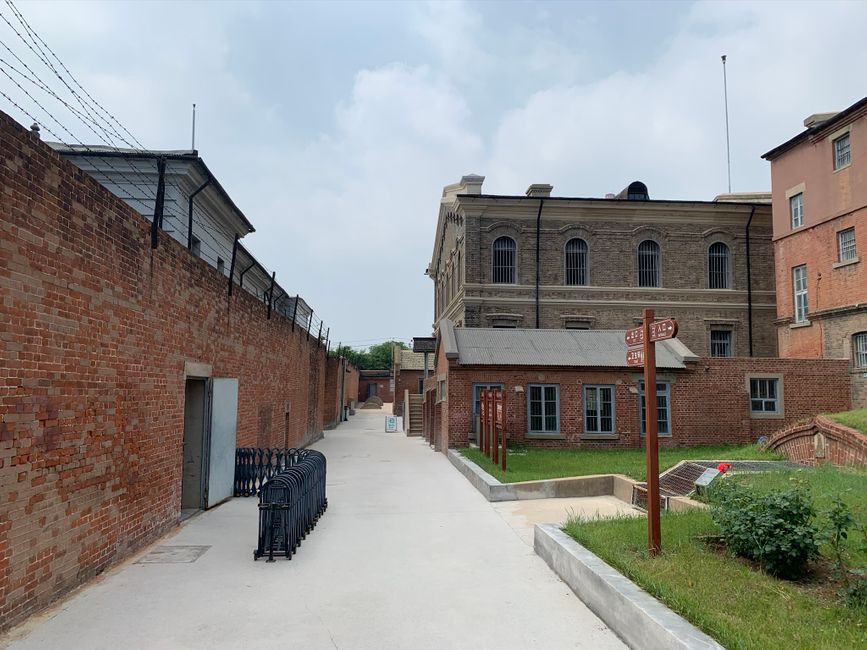
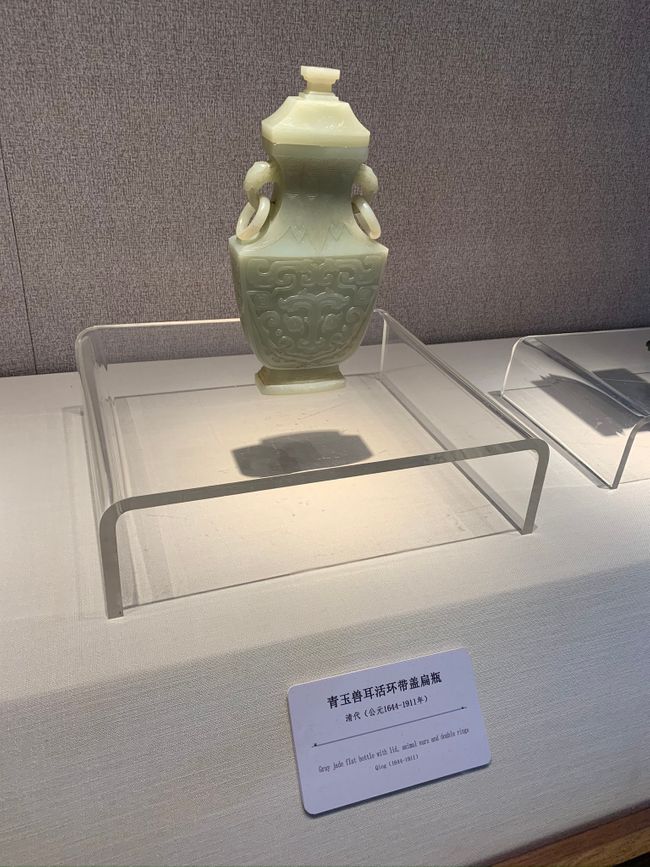
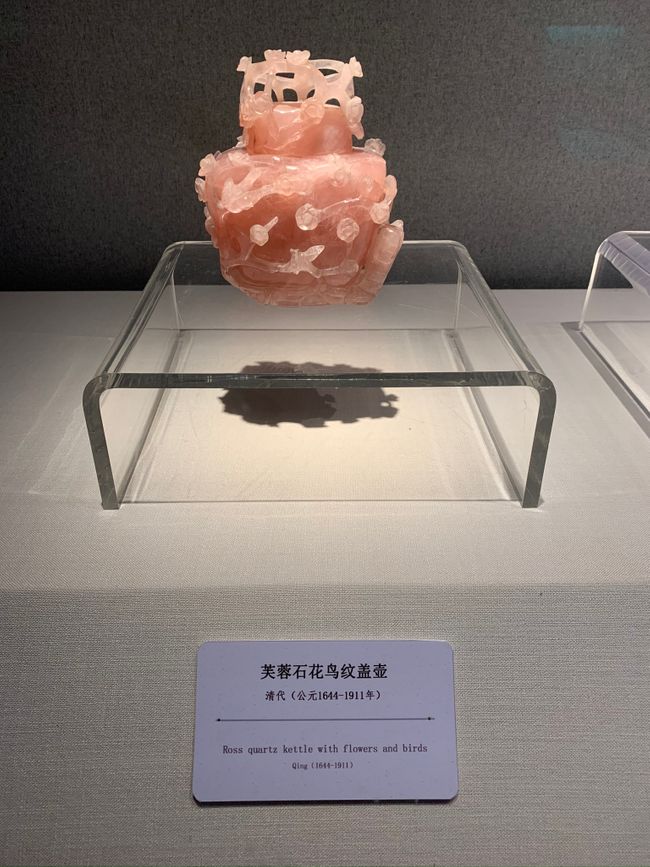
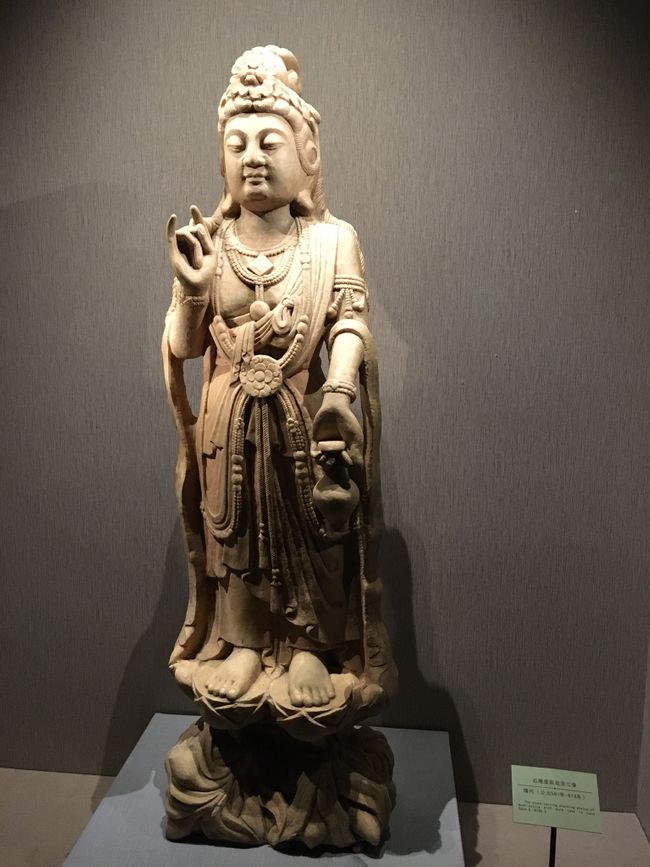

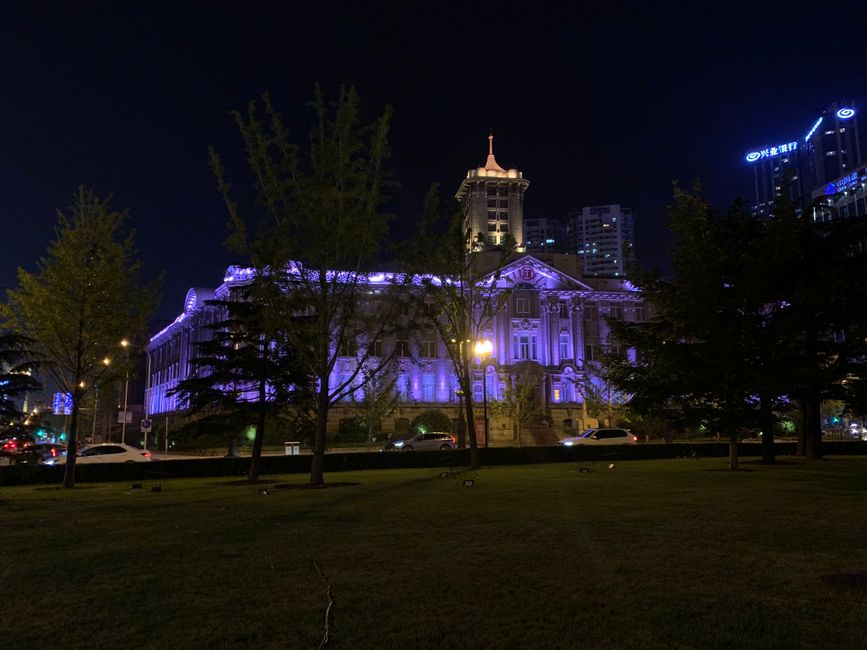
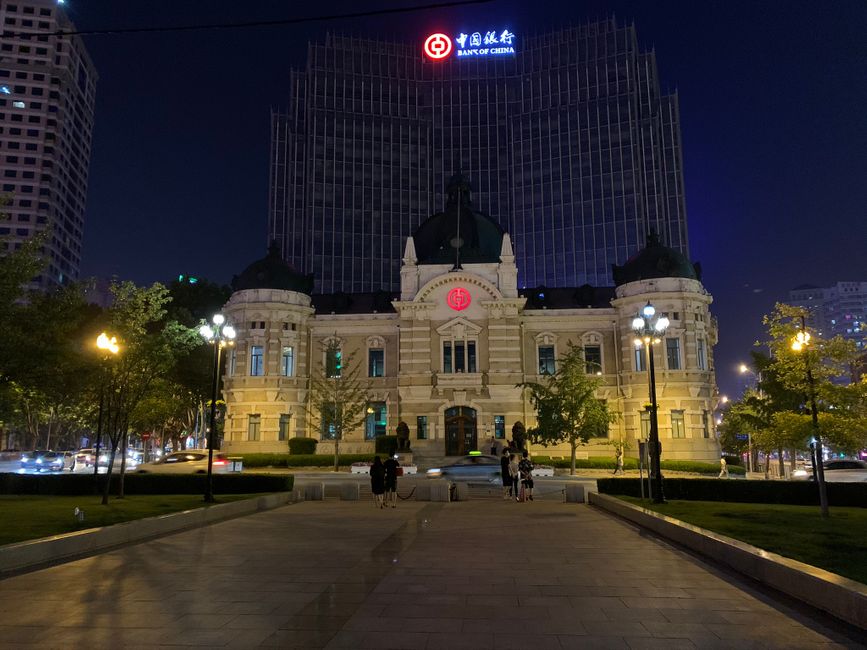
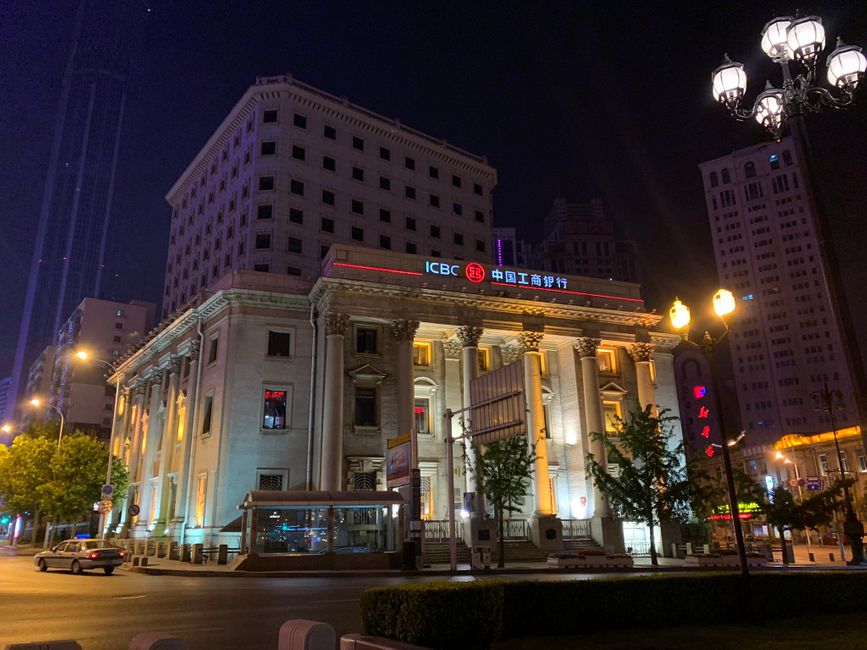
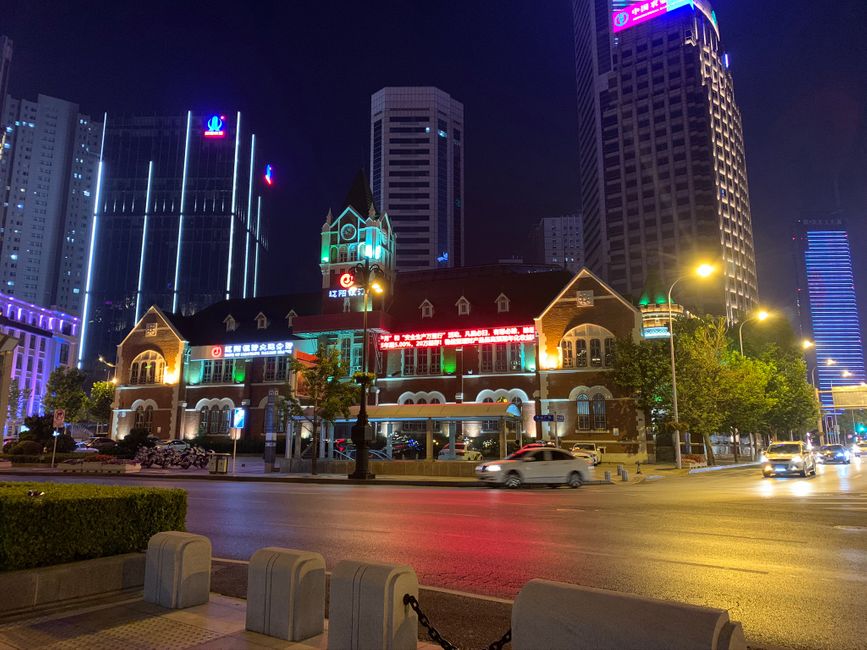
खबरांपत्राची सदस्यताय घेयात
On June 21st, my (Anna's) first business trip to China took place. Early in the morning, we flew from Wuxi to Shenyang and were picked up by a colleague there. Our destination was our factory in Liaoyang, but before we were taken there, we had some time to visit the old town of Shenyang. The old town is not at all comparable to the old town in Suzhou and the surrounding area, but rather reminds me of a smaller version of the Forbidden City in Beijing.
After lunch, we continued to Liaoyang. Liaoyang has about the same number of inhabitants as Frankfurt, but has a more rural flair compared to Frankfurt and especially Suzhou. In Liaoyang, there is a large park where families set up hammocks and grills on weekends.
In the evening, we met with the rest of the colleagues for a barbecue. Since the Liaoning province, to which Liaoyang belongs, borders North Korea, the cuisine there also has some Korean influences, such as cold noodle soup.
Back at the hotel, I learned a lesson about traveling in China: it's better to let the water (hot and cold) run well before taking a shower and not stand directly underneath! After I turned on the water, there was a suspicious rumbling in the pipes. The suspicion was then confirmed by a reddish-brown broth that came out of the shower instead of clear water. So I had to get out of the shower again and flush the pipes for 5 minutes...
The next morning, work was on the agenda. On the way to work and at work itself, I noticed two things right away:
1. The people are super friendly. You feel welcome and like part of the family right away. Everything was organized for us: from the morning pick-up for work, to a delicious lunch according to our wishes, to the evening program. I was never in the hotel before 9:00 PM.
2. The buildings are built much more solidly than in Suzhou and the surrounding area. In Suzhou, you sometimes get the feeling that the buildings are already 30 years old, even though they are only a maximum of 10 years old. In northern China, on the other hand, the buildings are really that old. This may also be due to the fact that -25 degrees Celsius is not uncommon in winter. I was told that even with heating in production, it only gets "warm" up to 5 - 10 degrees.
Monday evening I was invited to the barbecue again, this time with live music. Afterwards, we drove to a square where people meet in the evening to dance, play, and take a walk.
Tuesday went similarly: work, going out to eat (this time at a Japanese restaurant), and sightseeing.
Wednesday afternoon, I continued to Dalian. Apparently, my colleagues were afraid that I might starve on the way. In any case, the food package was so big that Simon had to make extra space in his suitcase because it wouldn't fit into mine.
When I arrived in Dalian, I first visited the Russian Street. Dalian was Russian for a while and the influences are still noticeable today.
In the evening, I wanted to see the music fountain, which is located directly at the marina. However, I found out that the fountain had been turned off due to Corona. But the view of the marina and the sea was still beautiful!
Around midnight, Simon arrived by plane. The next day, we walked along the longest wooden walkway in the world, which runs along the coast. We started our hike at Xinghai Square, the largest square in the world. Here, in addition to a replica of Neuschwanstein Castle (only larger), there is also an amusement park with a wild mouse roller coaster, a chain carousel, and more. On our way, there were always small beaches, dotted with tents, and in the noon, the grills were unpacked. At the end of our "wooden walk", we had a view of a replica of an American west coast city from the 1960s, as well as a replica of the Bremerhaven lighthouse.
For dinner, we went to Venice.
The next day, we got up early again, as we wanted to take the train to Dandong. Dandong is mainly known for its proximity to the North Korean border. Once we arrived there, we first looked for something to eat for lunch and then took a ride to the Chinese Wall. The section of the wall itself is not very large, but it is very accessible, unlike the wall in Beijing. The first half of the circular route goes along the wall. From up there, you have a very good view of North Korea. The second half then goes along the border river, which at this point is about as wide as the Brenz River in Heidenheim. The contrast between the two countries could not be greater: on the Chinese side, there is the city of Dandong, a normal Chinese city with houses close together, and on the North Korean side, there is nothing but nature and a few farming villages in between. While we and other tourists enjoy the Chinese Wall and the view, the farmers on the other side work on their fields with the simplest means. Only separated by a river and a fence.
Both countries are connected in Dandong by a bridge, which is naturally guarded on both sides. Next to it is the Broken Bridge: the bridge simply ends after 2/3. This bridge was destroyed by the Americans on the North Korean side and then dismantled by North Korea. Here, too, you can see the stark difference between the two worlds.
In the evening, we rented bikes again and rode along the Korean street in search of something to eat. We found what we were looking for in a typical local barbecue restaurant.
On Saturday, we started our journey back to Dalian. From there, we went directly to Lushun. Lushun is a kind of seaside resort, but also has some culture and history to offer: first, we visited a former Japanese prison. Then we went to a museum where various art, religious, and everyday objects from different dynasties were exhibited.
Then on Sunday, we flew back home. All in all, it was a tiring but very interesting and diverse week with (once again) many new impressions!
खबरांपत्राची सदस्यताय घेयात
जाप (1)
Ulrike
Super!!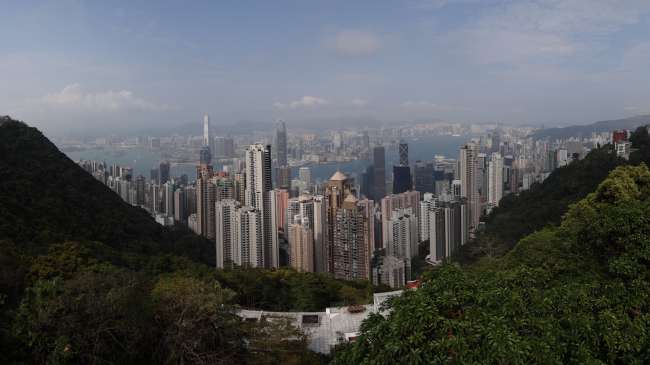
प्रवास अहवाल चीनांत
